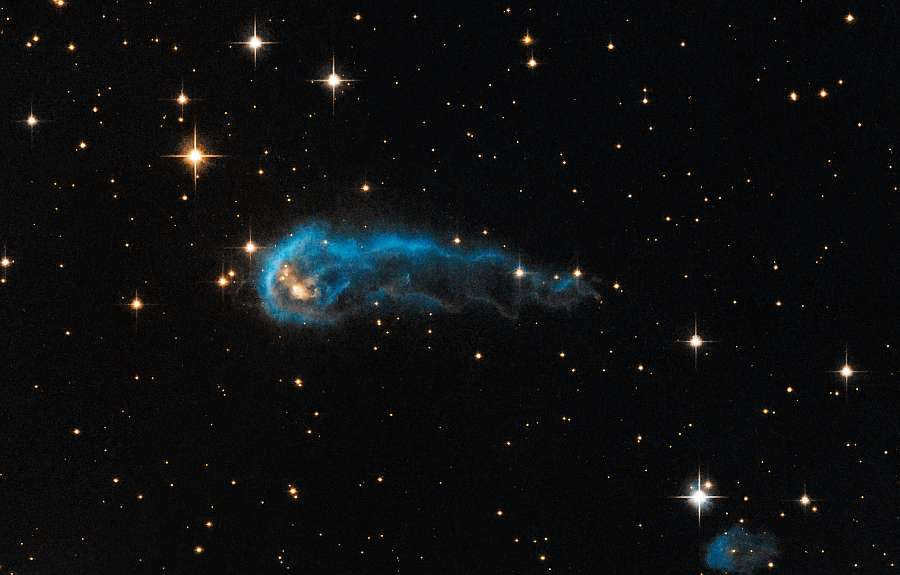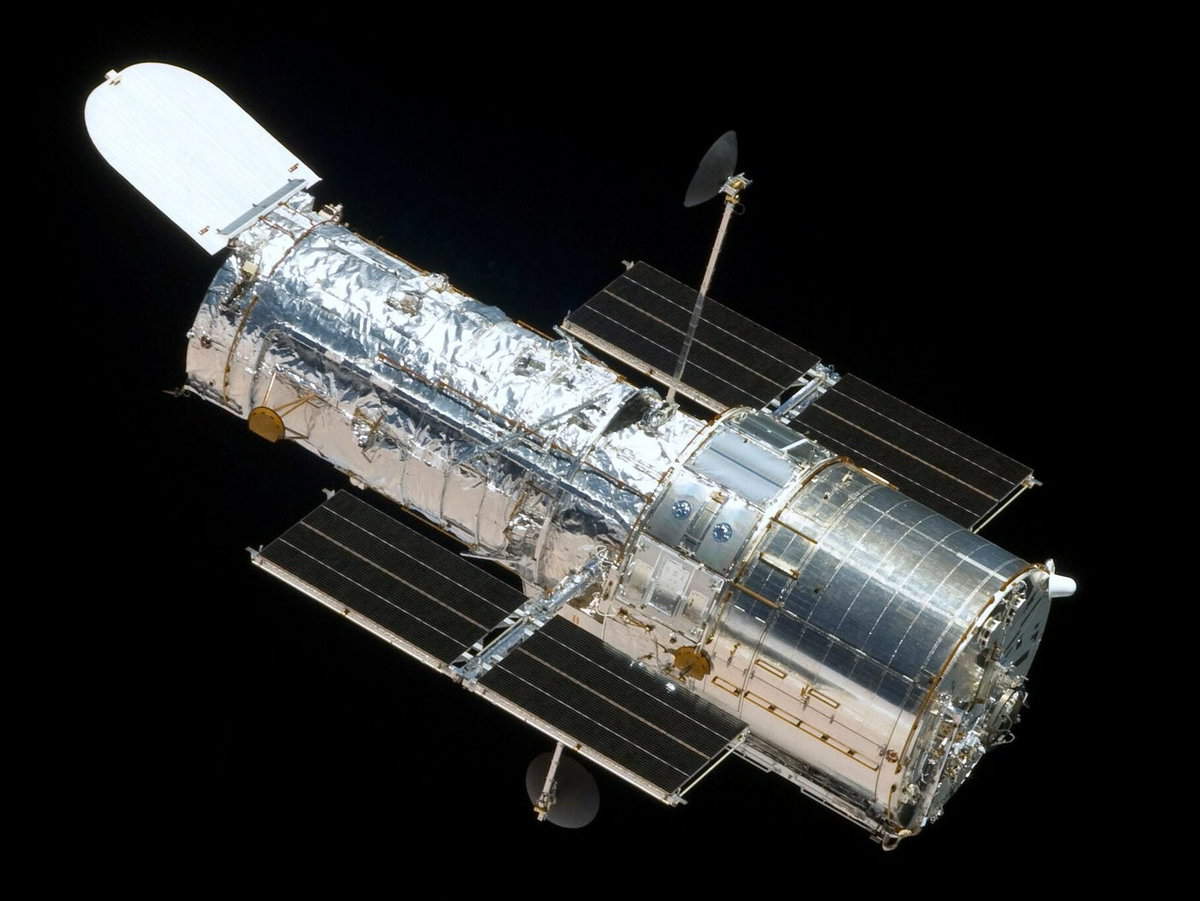When it comes to objects in Earth’s orbit that are widely recognized even by those who are not interested in astronomy or astronautics, there are three that stand out: the Moon, the International Space Station (ISS), and the Hubble Space Telescope. Unlike the ISS, which was launched eight years after it, the Hubble has been in operation since the Mir Orbital Station. While many people simply think of it as a large camera in space, the truth is that it is much more complex. Those who work with this remarkable instrument often refer to it as a celestial observatory, and for good reason.
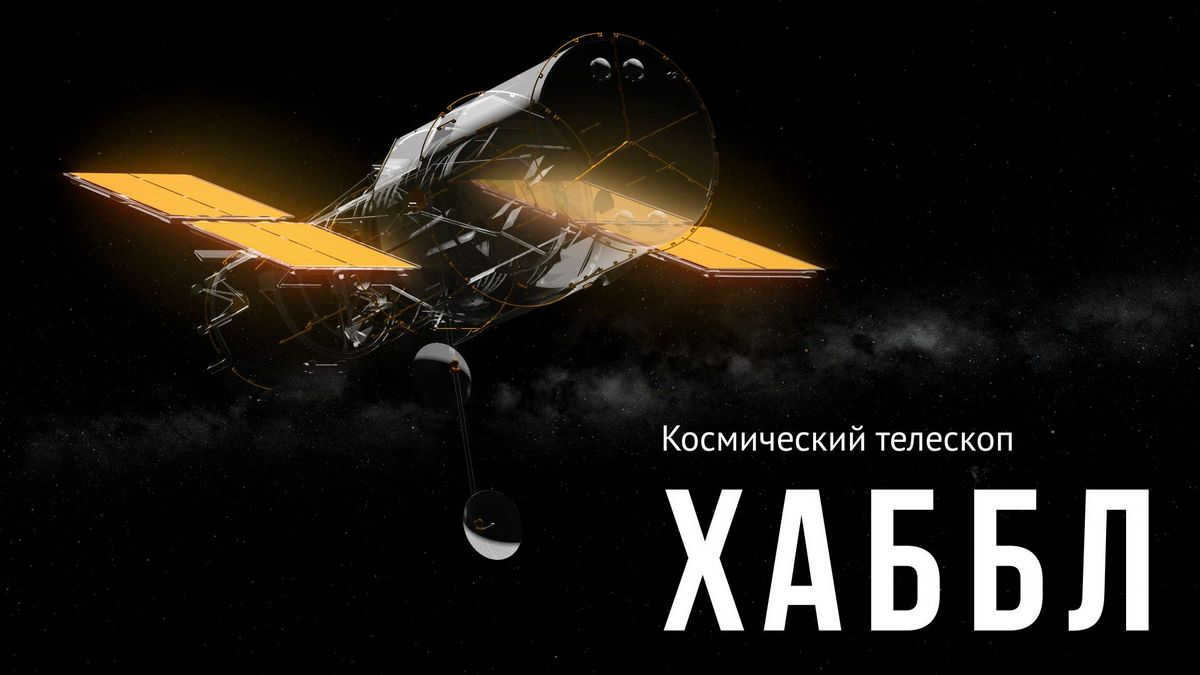
There are numerous images!
The tale of constructing Hubble is a tale of constantly overcoming challenges, battling for funding, and finding solutions to unforeseen circumstances. However, the contribution of Hubble to science is immeasurable. It is impossible to compile an exhaustive list of discoveries in the field of astronomy and related disciplines that have been made thanks to the telescope’s images, as many studies draw upon information obtained from it. Nonetheless, official statistics indicate nearly 15,000 publications.
Background
The concept of deploying a space-based telescope originated nearly a century ago. In 1946, astrophysicist Lyman Spitzer published a seminal article outlining the scientific rationale and significance of constructing a telescope that could operate beyond the Earth’s atmosphere. Subsequently, in 1965, Spitzer was appointed as the chair of an esteemed committee within the Academy of Sciences that was tasked with delineating the objectives of this ambitious endeavor.
Afterward, the upcoming telescope received its designation as a tribute to Edwin Hubble, a noteworthy astronomer and cosmologist who validated the presence of alternate galaxies, formulated the concept of the universe’s expansion, and left an indelible mark on not just the telescope, but also a scientific principle and worth with his name.
This remarkable telescope underwent development through the collaboration of various companies, each assigned with different responsibilities. Among these, the most intricate tasks were managed by Perkin-Elmer for the optical system and Lockheed for the spacecraft. As a result, the budget had already escalated to a staggering $400 million dollars.
Lockheed experienced a three-month delay in spacecraft construction and exceeded its budget by 30%. This situation is not uncommon when looking at the construction history of similarly complex vehicles. On the other hand, Perkin-Elmer faced even greater challenges. The company used innovative technology to polish the mirror until the end of ’81, going significantly over budget and damaging their relationship with NASA. Interestingly, Corning, the company that now produces Gorilla Glass for phones, manufactured the dummy mirror. It’s worth noting that Kodak was contracted to create a replacement mirror using traditional polishing methods in case any issues arose during the primary mirror polishing process. The delays in building other components resulted in such a significant slowdown that NASA described the work schedules as “uncertain and changing daily.”
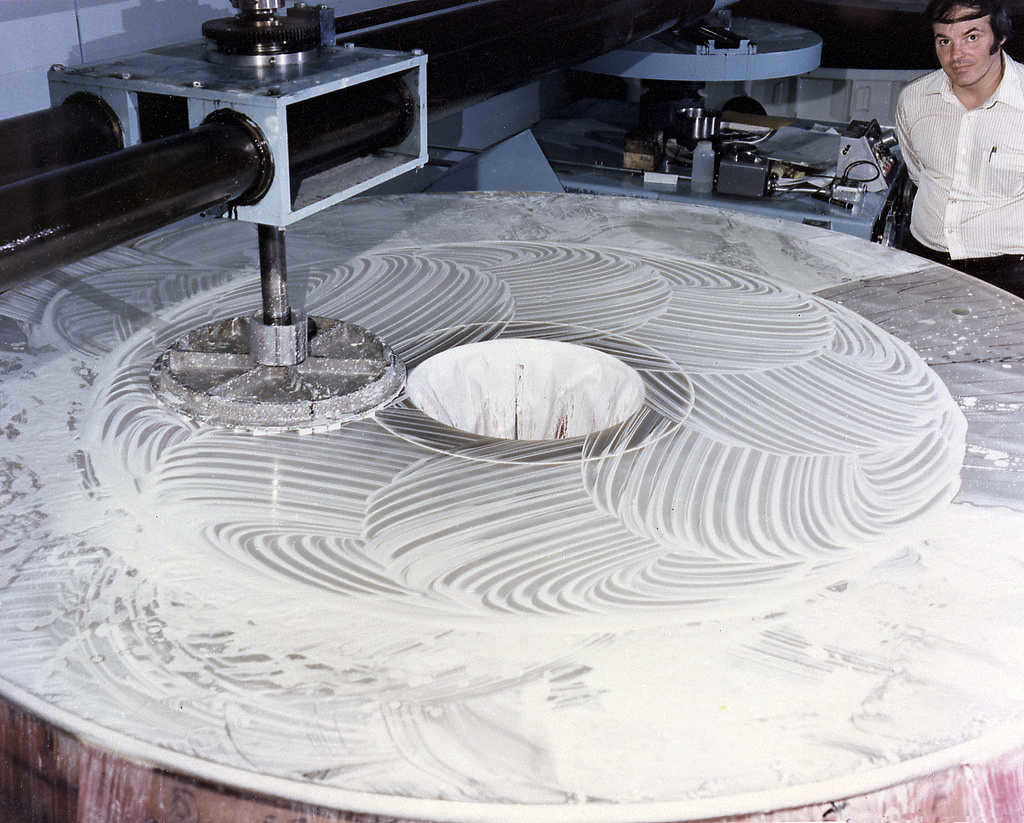
The launch of the Hubble Space Telescope was delayed until 1986 due to the Challenger disaster. As a result, all shuttle launches, including the Hubble’s, were put on hold during the finalization process.
In the meantime, the Hubble was carefully stored in specialized nitrogen purged chambers, which cost six million dollars per month.
Finally, on April 24, 1990, the shuttle Discovery successfully launched with the Hubble telescope on board and placed it into orbit. By this time, the total expenditure on the Hubble project had reached $2.5 billion. The overall cost of the project is now approaching ten billion dollars.
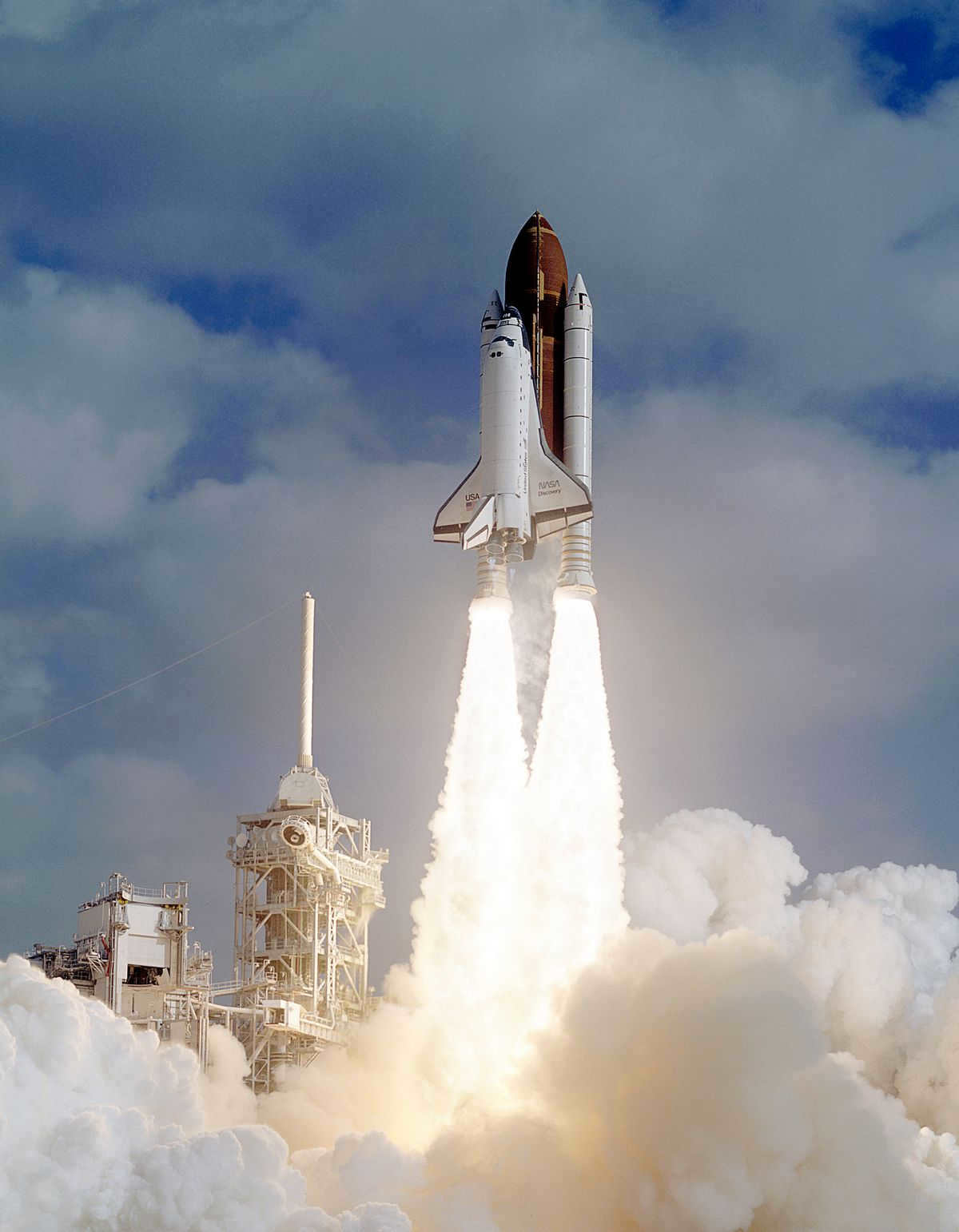
There have been multiple significant incidents involving the Hubble telescope since its launch, but the primary one occurred early in its mission.
Upon commencing its observations after being deployed into orbit, it became apparent that the telescope’s level of sharpness was significantly lower than anticipated. Instead of achieving a precision of one-tenth of an arc second, it was actually one full second. After conducting numerous examinations, it was determined that the telescope’s mirror was not properly contoured at the edges, resulting in a deviation of two micrometers from the expected specifications. This minuscule aberration rendered a majority of the planned scientific investigations unfeasible.
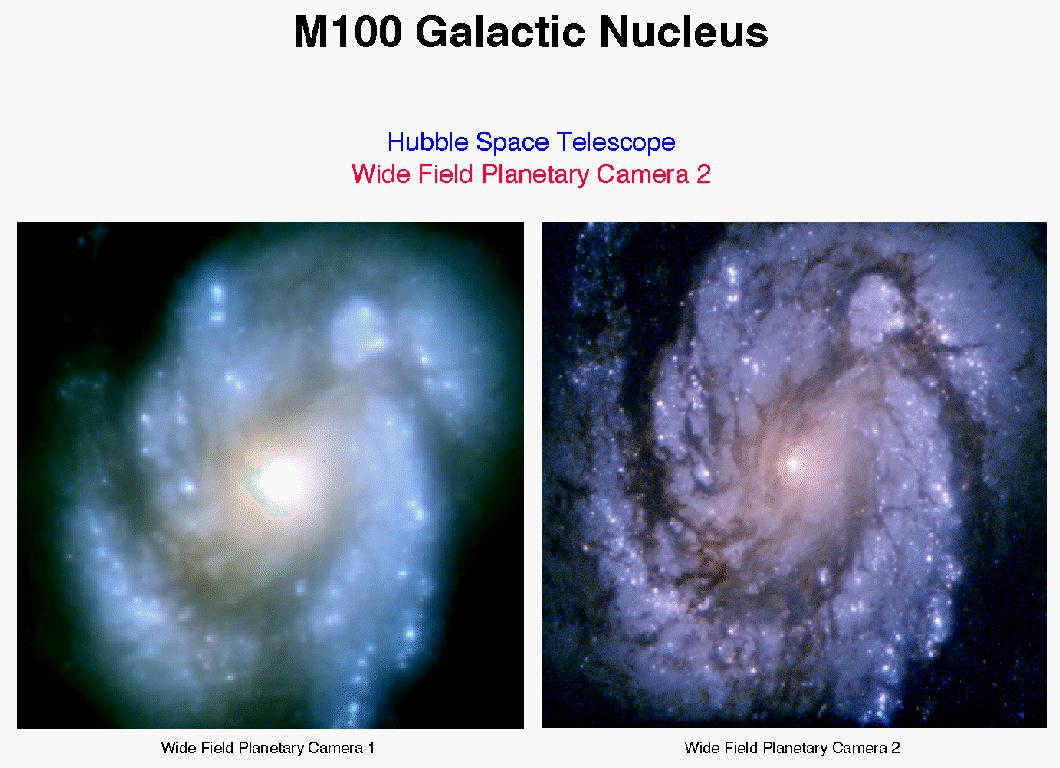
A commission was formed, and its members discovered the cause: the mirror, which had been meticulously calculated, was mistakenly polished. Additionally, even prior to the launch, a pair of zero-correctors used in the tests exhibited the same deviations – these devices were responsible for achieving the necessary surface curvature. However, at that time, these readings were disregarded, as the main zero-corrector, which yielded accurate results and was utilized for the grinding process, was deemed more reliable. It was later revealed that one of the lenses, of which this corrector was a part, had been improperly installed.
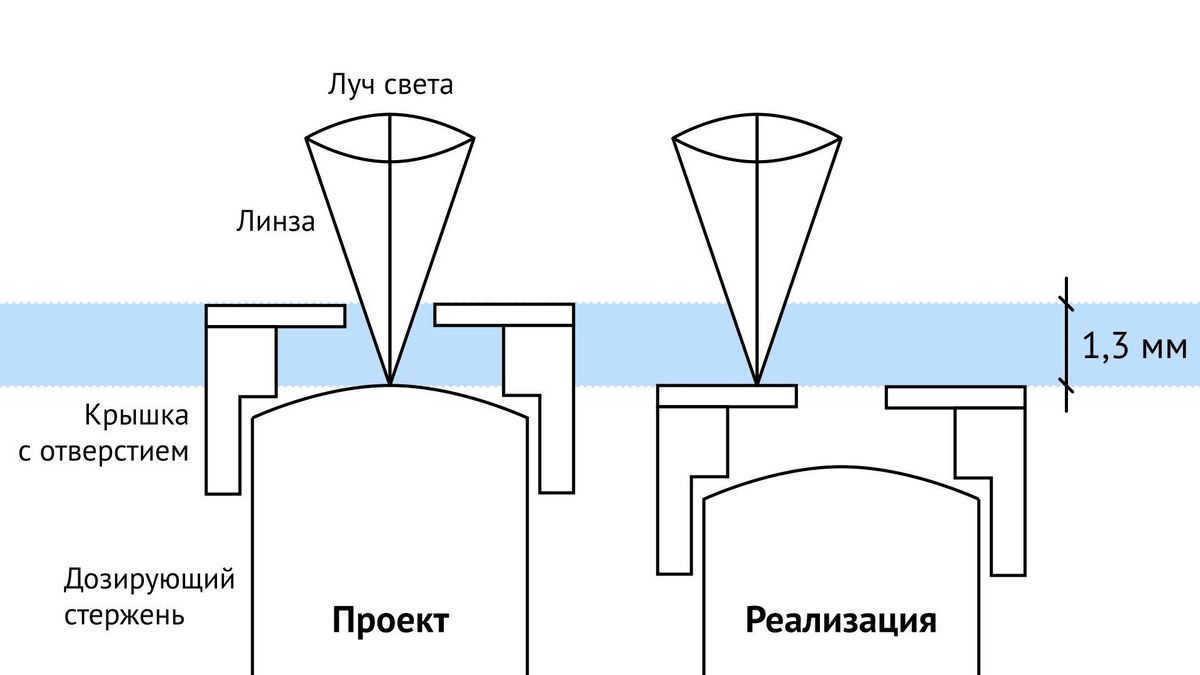
The installation of a new mirror directly in orbit was deemed technically unfeasible, while the cost of bringing down the telescope and reinstalling it was deemed too expensive. However, a brilliant solution was developed.
Admittedly, the mirror was initially flawed. However, the flaws were intentionally made with meticulous precision. The distortions were well-documented, and the only course of action was to compensate for them. To address this issue, a specialized correction system called COSTAR was created. It was decided that COSTAR would be installed during the first servicing mission for the telescope. Such a mission is a complex ten-day operation that involves astronauts venturing into outer space. It is truly a futuristic undertaking, even though it is merely maintenance work. In total, there have been four servicing missions throughout the telescope’s lifespan, with two sorties taking place during the third mission.
On December 2, 1993, the Endeavour space shuttle, on its fifth mission, successfully transported astronauts to the Hubble telescope. These astronauts were responsible for setting up the Costar instrument and replacing the camera.
The Costar instrument played a crucial role in correcting the spherical aberration of the telescope’s mirror, effectively acting as the most valuable pair of corrective glasses in history. This optical correction system remained in use until 2009, when it became obsolete due to the implementation of advanced corrective optics in all new instruments. Subsequently, the Costar instrument was removed from the telescope and relocated to the National Air and Space Museum, where it now holds a place of honor. This relocation occurred during the fourth Hubble servicing mission in 2009.
Management
The control center in Greenbelt, Maryland operates the telescope and oversees its operations round the clock. The center is responsible for two main tasks: technical maintenance, management, and monitoring, as well as scientific operations such as object selection, task preparation, and data collection. On a weekly basis, Hubble receives over 100,000 commands from Earth, including instructions for orbit correction and imaging of celestial objects.
At the control center, the day is divided into three shifts, with each shift having a dedicated team of three to five members. When expeditions to the telescope are conducted, the staff size increases to several dozen individuals.
By the way, there is a dedicated website developed by Chris Peet that allows you to monitor the location of the celestial observatory. It also provides information on other man-made objects in orbit:
www.heavens-above.com
Hubble is a highly active telescope, and despite its busy schedule, it is able to assist astronomers of all levels, including amateurs. Every year, the Space Telescope Assisted Space Research Institute receives thousands of time reservation requests from astronomers worldwide. A panel of experts approves approximately 20% of these requests, resulting in around 20,000 observations annually, according to NASA. All of these requests are coordinated, programmed, and transmitted to Hubble from the same facility in Maryland.
The NICMOS (Near Infrared Camera and Multi-Object Spectrometer) is an instrument on board the Hubble Space Telescope that is used for observing in the near-infrared region of the electromagnetic spectrum.
The ACS (Advanced Camera for Surveys) is another instrument on board the Hubble Space Telescope that is used for a wide range of astronomical observations.
The WFC3 (Wide Field Camera 3) is a third instrument on board the Hubble Space Telescope that is known for its wide field of view and high-resolution imaging capabilities.
The COS (Cosmic Origins Spectrograph) is an instrument on board the Hubble Space Telescope that is used for studying the ultraviolet light emitted by celestial objects.
The STIS (Space Telescope Imaging Spectrograph) is another instrument on board the Hubble Space Telescope that is used for imaging and spectroscopic observations.
The FGS (Fine Guidance Sensor) is a guidance system on board the Hubble Space Telescope that is used for precise pointing and stabilization of the telescope.
The primary optical system of the Hubble telescope is constructed using the Ritchie-Cretien system. It is comprised of a round mirror with a diameter of 2.4 m and a hyperbolic curvature, featuring a central aperture. This mirror reflects the light onto a secondary mirror, also with a hyperbolic shape, which in turn reflects the light into the central aperture of the primary mirror for digitization. Various filters are employed to eliminate unwanted portions of the spectrum and to isolate the desired wavelength bands.
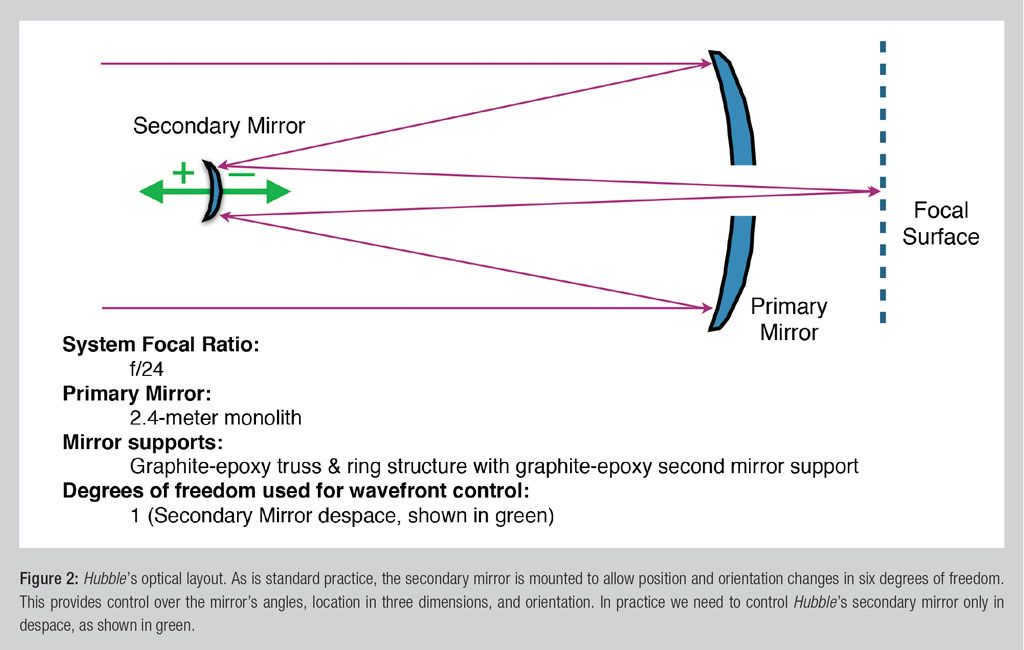
Telescopes like this one utilize a system of mirrors rather than lenses, which are typically used in cameras. There are several reasons for this choice, including temperature fluctuations, precision in polishing, overall size considerations, and the prevention of beam loss within the lens itself.
The optical components of the Hubble telescope have remained unchanged since its inception, but the assortment of instruments utilizing these optics has undergone complete overhaul during several servicing missions. Over the course of its existence, Hubble has been equipped with thirteen different instruments, of which six are currently active, while one remains in hibernation.
The early generations of the Wide Field and Planetary Cameras were responsible for capturing imagery in the optical range, and the latest iteration, the Wide Field Camera, has continued this tradition.
The potential of the initial WFPC was never fully utilized due to issues with the mirror. Additionally, during the ’93 mission, the Costar was installed and replaced the first version with the second version simultaneously.
The WFPC2 camera featured four square sensors, which produced images that formed a large square, almost. One of the sensors, similar to the “planetary” sensor, captured images at a higher magnification. However, when the scale is adjusted, this portion of the image only captures less than one-sixteenth of the total square instead of a quarter, but at a higher resolution. The other three sensors were responsible for capturing “wide-angle” images. This is why full camera shots appear as a square with three blocks missing from one corner, and not due to any issues with file uploads or other malfunctions.
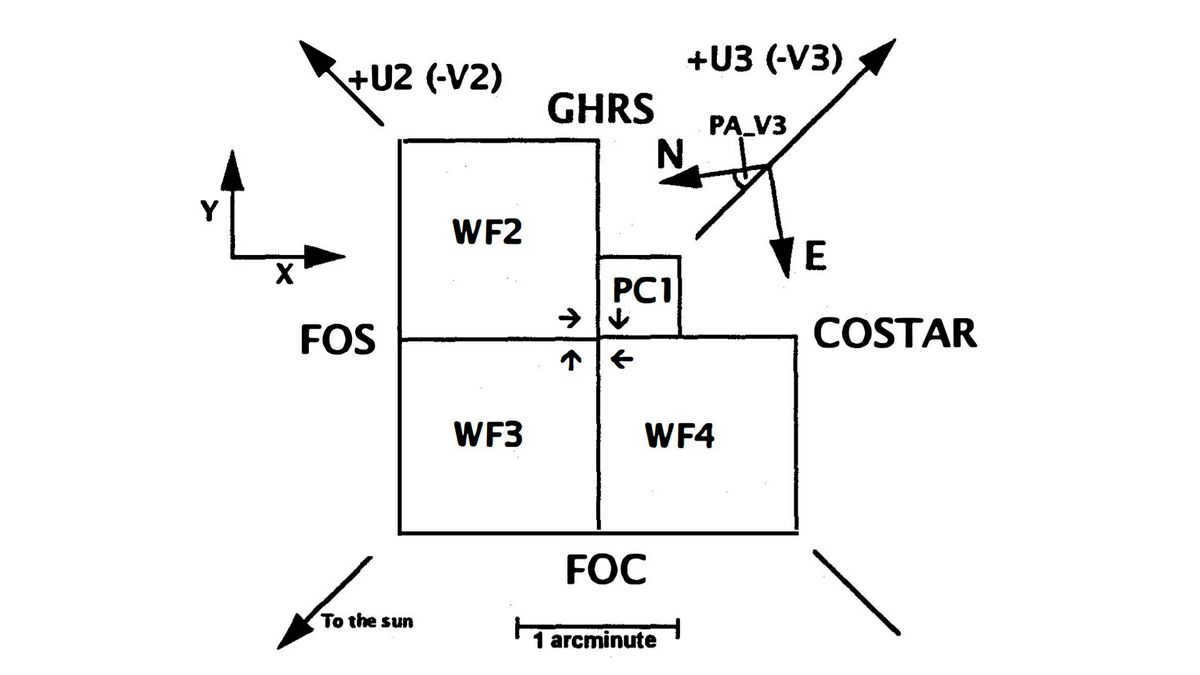
WFC3 replaced WFPC2 in 2009. The distinction between the two is effectively demonstrated by the re-captured Pillars of Creation, which will be discussed further.
In addition to the wide-angle camera that captures optical and near-infrared images, Hubble is equipped with:
- the STIS spectrograph, which captures data in the near and far ultraviolet, as well as the visible and near infrared spectrum;
- one of the ACS channels, which covers an extensive range of frequencies from infrared to ultraviolet;
- the COS spectrograph, which captures faint point sources in the ultraviolet.
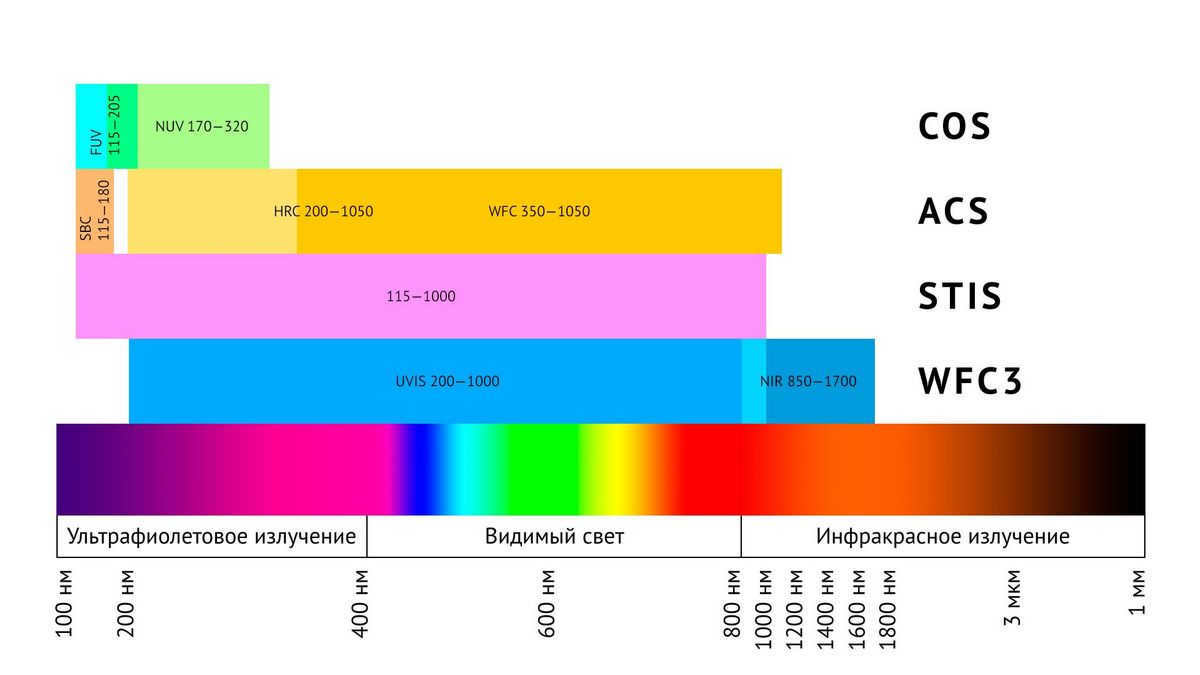
The images captured by the Hubble Space Telescope are not traditional photographs. Instead, they are a representation of data collected from various filters and devices on board the telescope. This data is then processed by astronomers to create visual images. Unlike the human eye, which can only see a limited range of light, Hubble is capable of capturing radiation from different bands. The colors in the images are a result of the different types of radiation emitted by stars and the light reflected off of ionized particles.
Creation’s Pillars
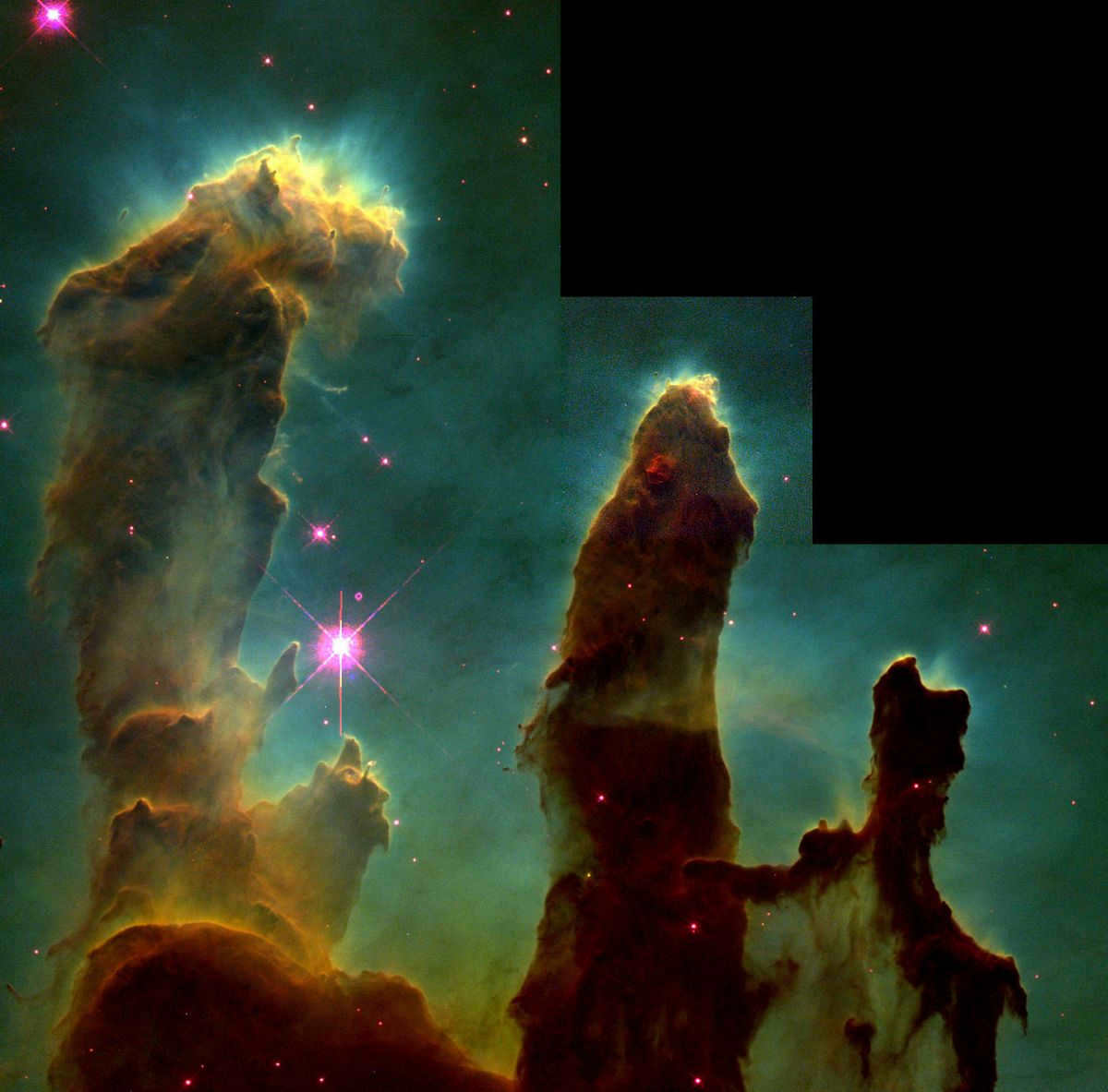
On April 1, 1995, Hubble captured its most iconic image while diligently working on April Fool’s Day. These structures are known as the Pillars of Creation due to their role in the formation of stars and their resemblance to pillar-like shapes. This image represents a small portion of the central region of the Eagle Nebula. What makes this nebula particularly fascinating is that the massive stars at its core have partially scattered the gas, providing us with a unique view from Earth’s perspective. This fortunate perspective allows us to peer into the heart of the nebula and capture the now-famous photograph.
Other telescopes have also captured images of this region across different wavelengths, but the optical range showcases the Pillars in their most vibrant state. The gas, ionized by the stars that have dispersed it, emits a beautiful array of blue, green, and red colors, creating a mesmerizing shimmer.
The Pillars were photographed again in 2014, this time using the latest Hubble equipment. The original images were captured with the WFPC2 camera, while the new images were taken with the WFC3 camera.
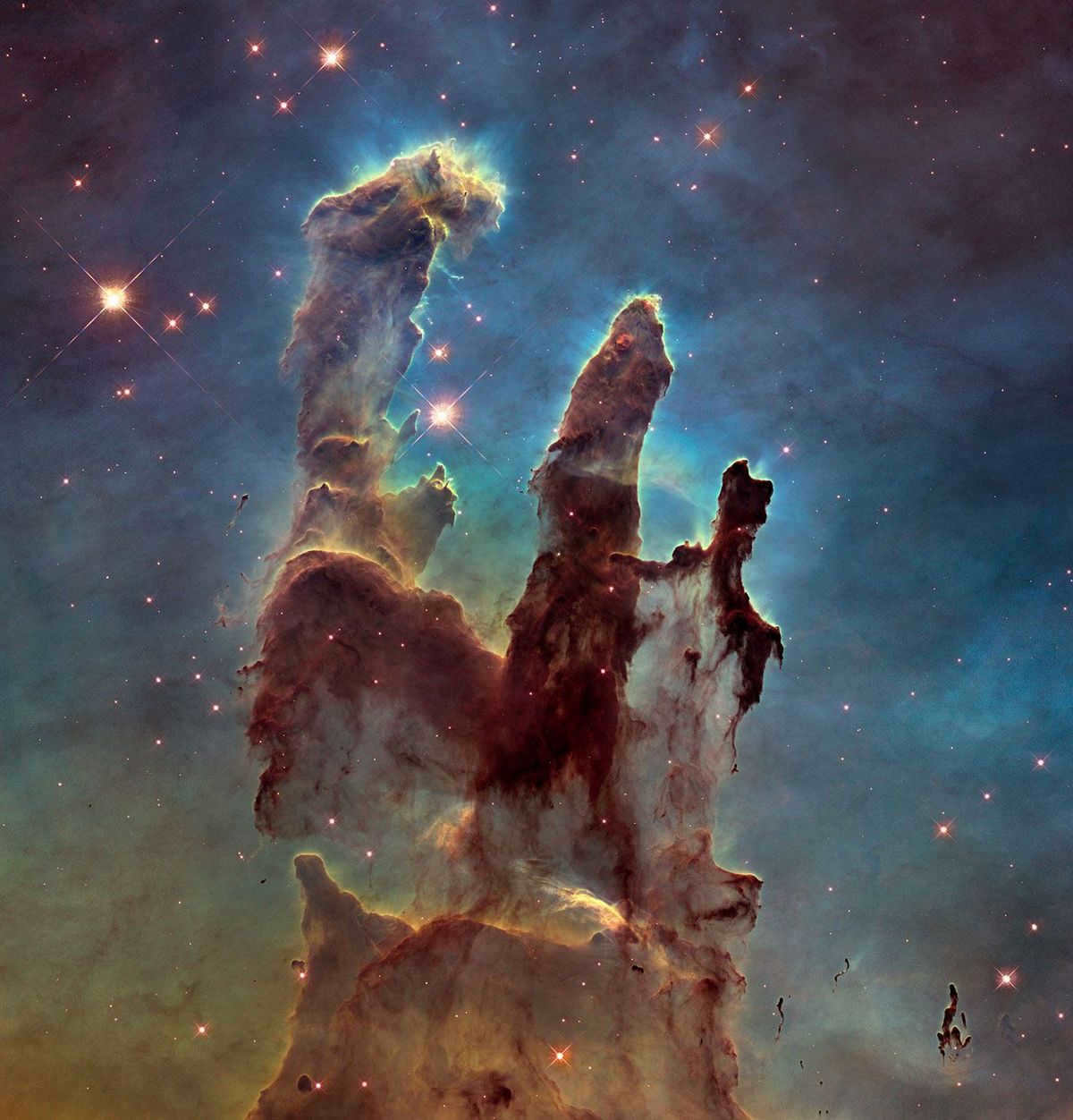
The creation of a flower formed by countless galaxies
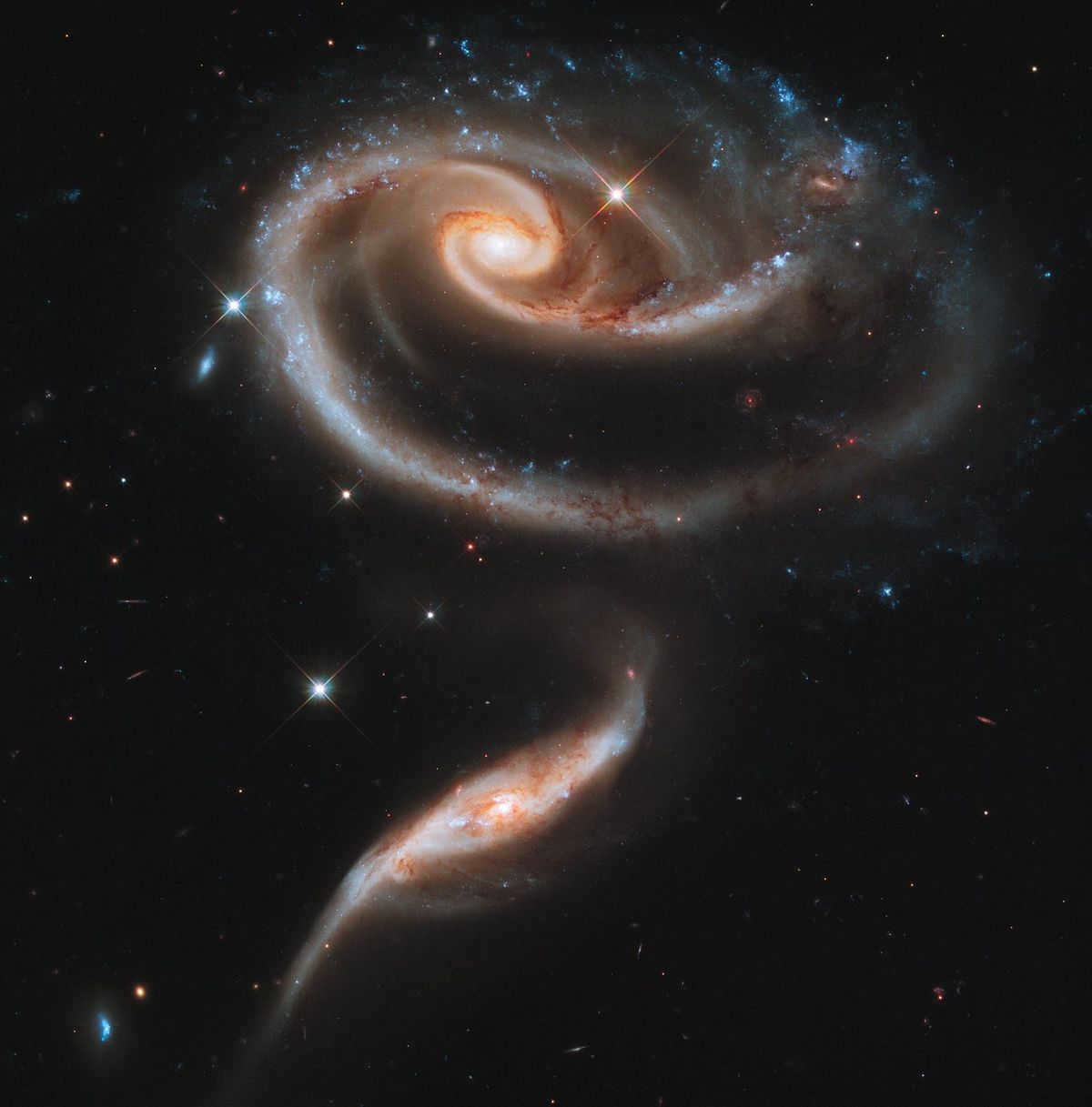
Arp 273 showcases a stunning illustration of galactic companions engaging in close proximity communication. The upper galaxy’s unique and asymmetrical structure is a direct outcome of tidal interactions with its lower companion. Together, these celestial bodies create a magnificent cosmic flower, unveiled to humanity in 2011.
Behold the enchanting Sombrero Galaxy.
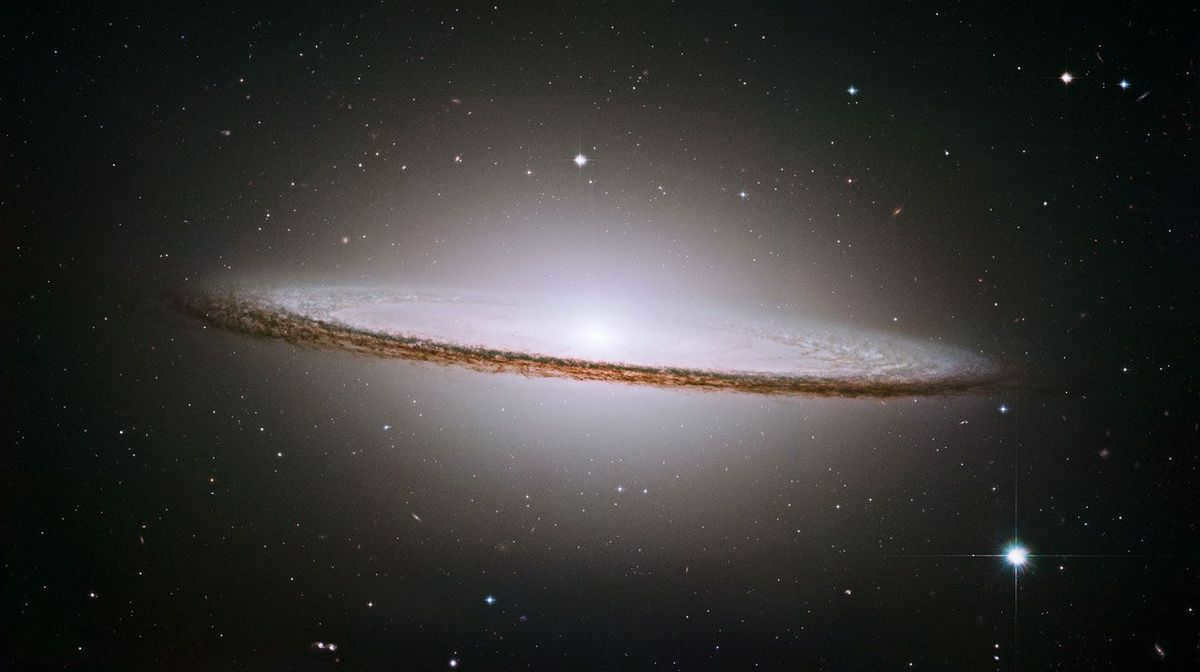
Messier 104 is a stunning galaxy that appears as if it were meticulously crafted and brought to life in the heart of Hollywood. However, this breathtaking celestial body, known as the one-hundred-and-fourth Messier object, is actually located on the southern boundary of the Virgo constellation. Its brilliance is so remarkable that it can be observed with ease using amateur telescopes. The Hubble Space Telescope captured this mesmerizing spectacle in the year 2004.
A fresh perspective on the Horsehead Nebula captured in the infrared spectrum – Hubble’s 23rd anniversary photograph.
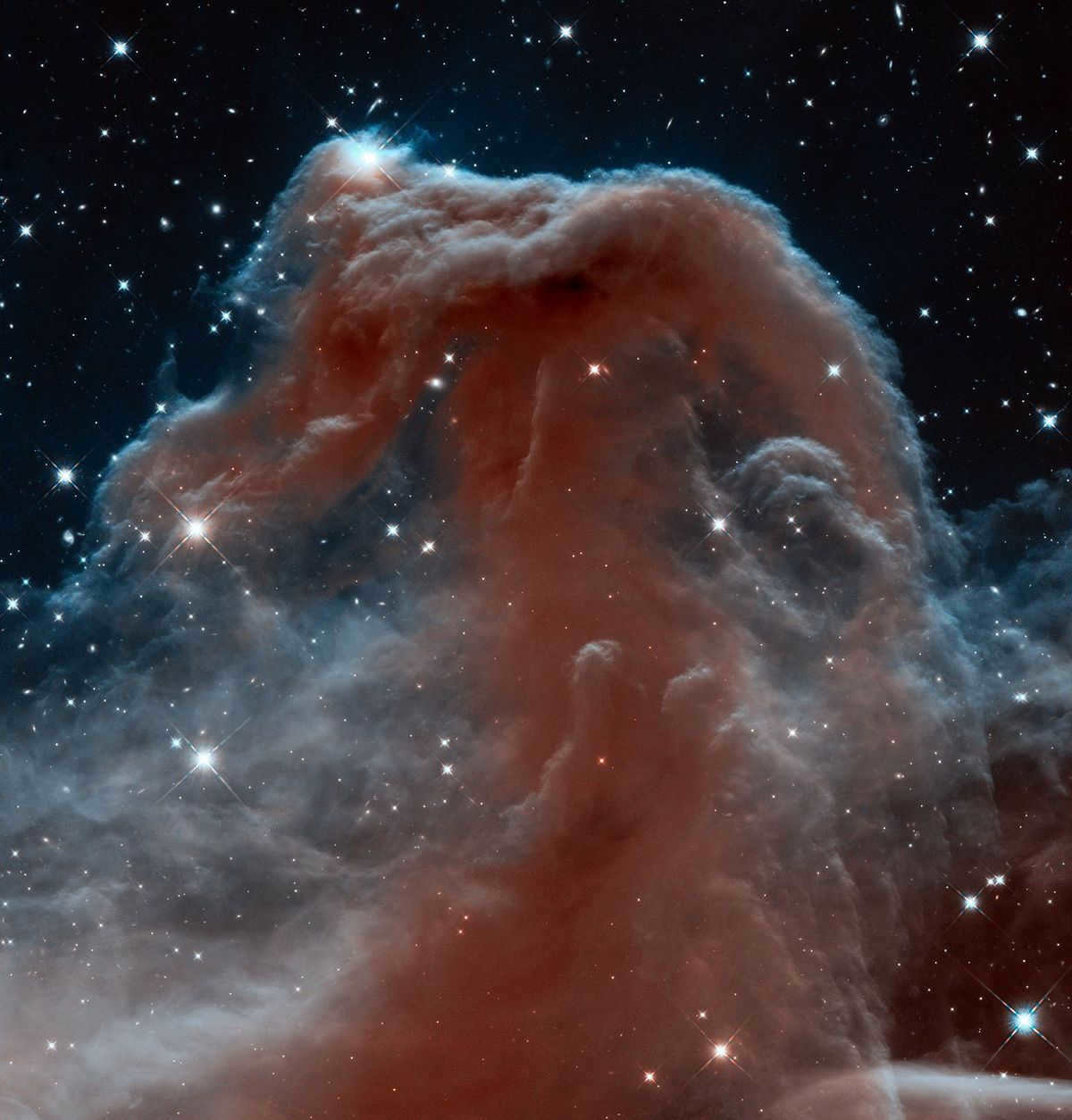
Back in 2013, the Hubble Space Telescope captured a fresh perspective of Barnard 33, also known as the Horsehead Nebula, using the infrared spectrum. This new view allowed scientists to see the nebula in a completely different light, quite literally. In the visible range, the Horsehead Nebula appears almost completely black and opaque, but in the infrared, it revealed its hidden colors and structures, unveiling a whole new level of detail.
Interestingly, this wasn’t the first time Hubble had captured an image of the Horsehead Nebula. Back in 2001, the telescope had already photographed this iconic celestial feature. However, the 2013 infrared image provided a fresh and unique perspective, shedding new light on this enigmatic nebula.
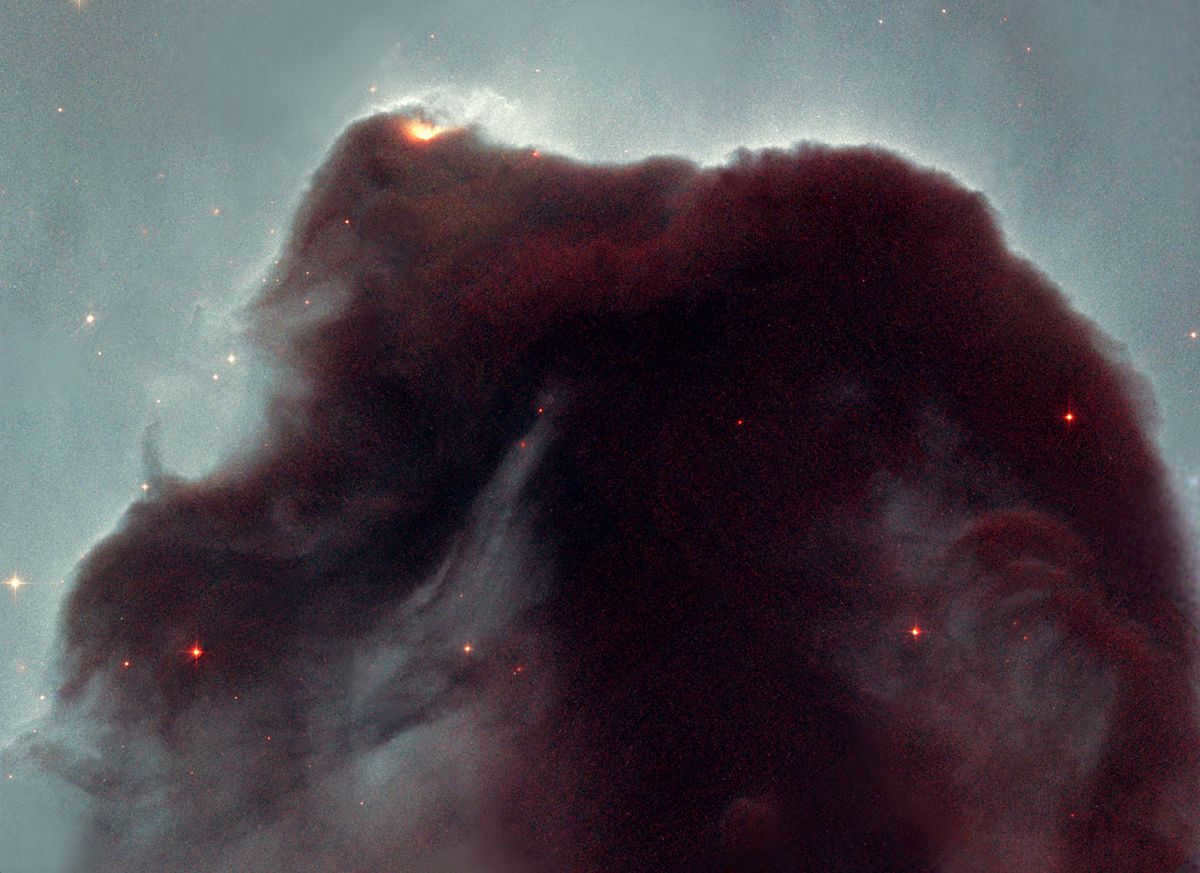
Then, it emerged as the winner of the internet poll to commemorate its eleven-year presence in space. It is fascinating to note that, even prior to the release of Hubble’s images, the Horsehead nebula had already been one of the most frequently photographed celestial objects.
Hubble telescope has successfully captured the stunning star-forming region known as S106
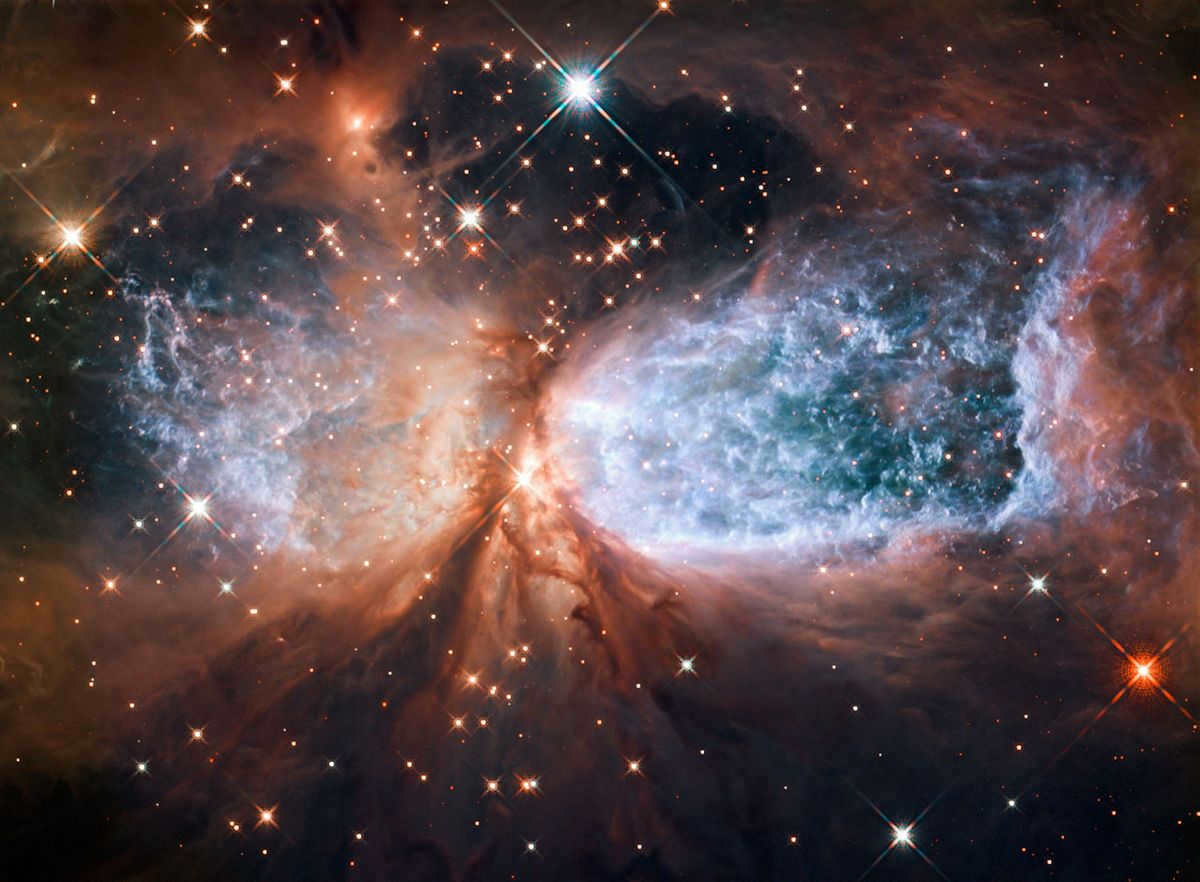
S106, located in the Cygnus constellation, is a region where new stars are being formed. The remarkable appearance of this area is a result of the ejections from a young star that is surrounded by a disk-shaped cloud of dust in its center. This cloud of dust has openings at both the top and bottom, allowing for more vigorous outbursts of the star’s material, creating a shape that bears a resemblance to a well-known visual illusion. This photograph was captured in the later part of 2011.
The vibrant aftermath of a stellar demise: Cassiopeia A
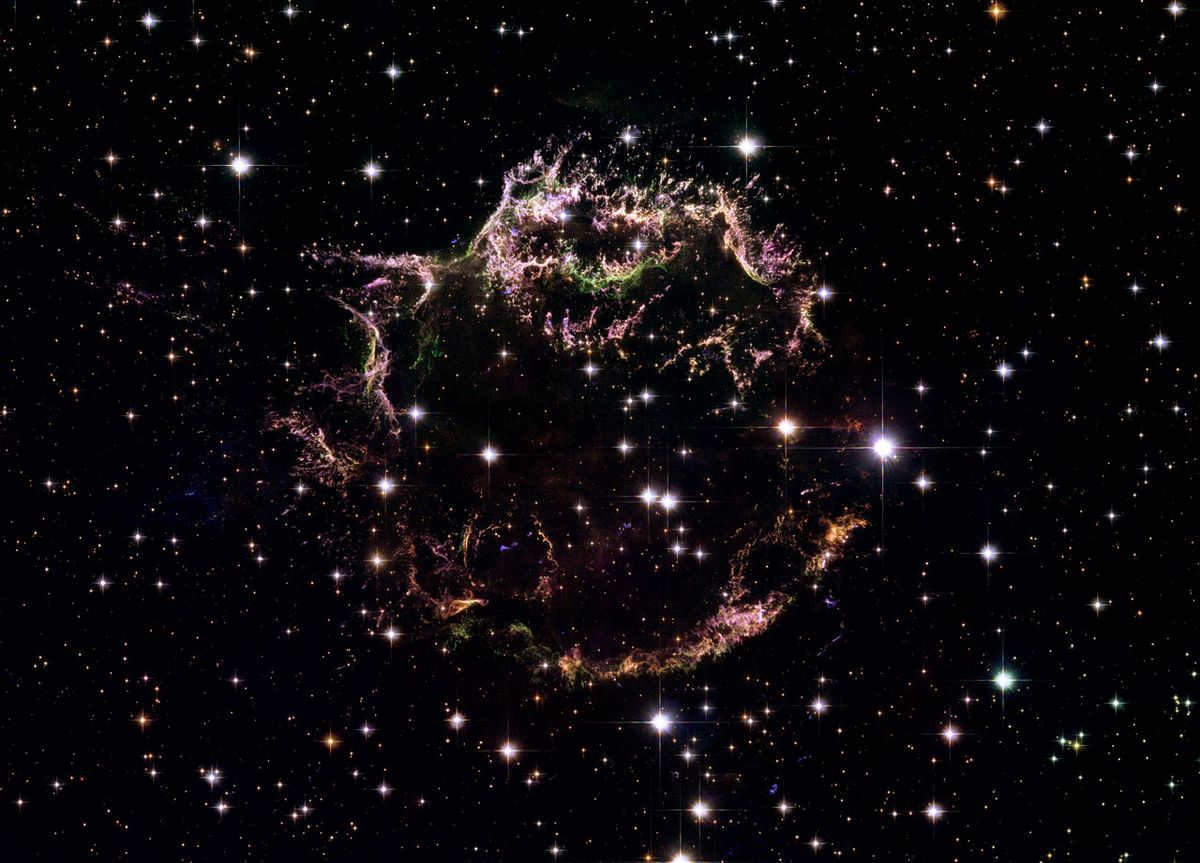
Supernovae explosions are likely to be familiar to you. And this picture clearly demonstrates one of the possible outcomes for such celestial objects.
This photograph from 2006 presents the aftermath of the explosion of the Cassiopeia A star, which occurred within our own galaxy. The image vividly displays a wave of matter emanating from the center, showcasing a intricate and intricate structure.
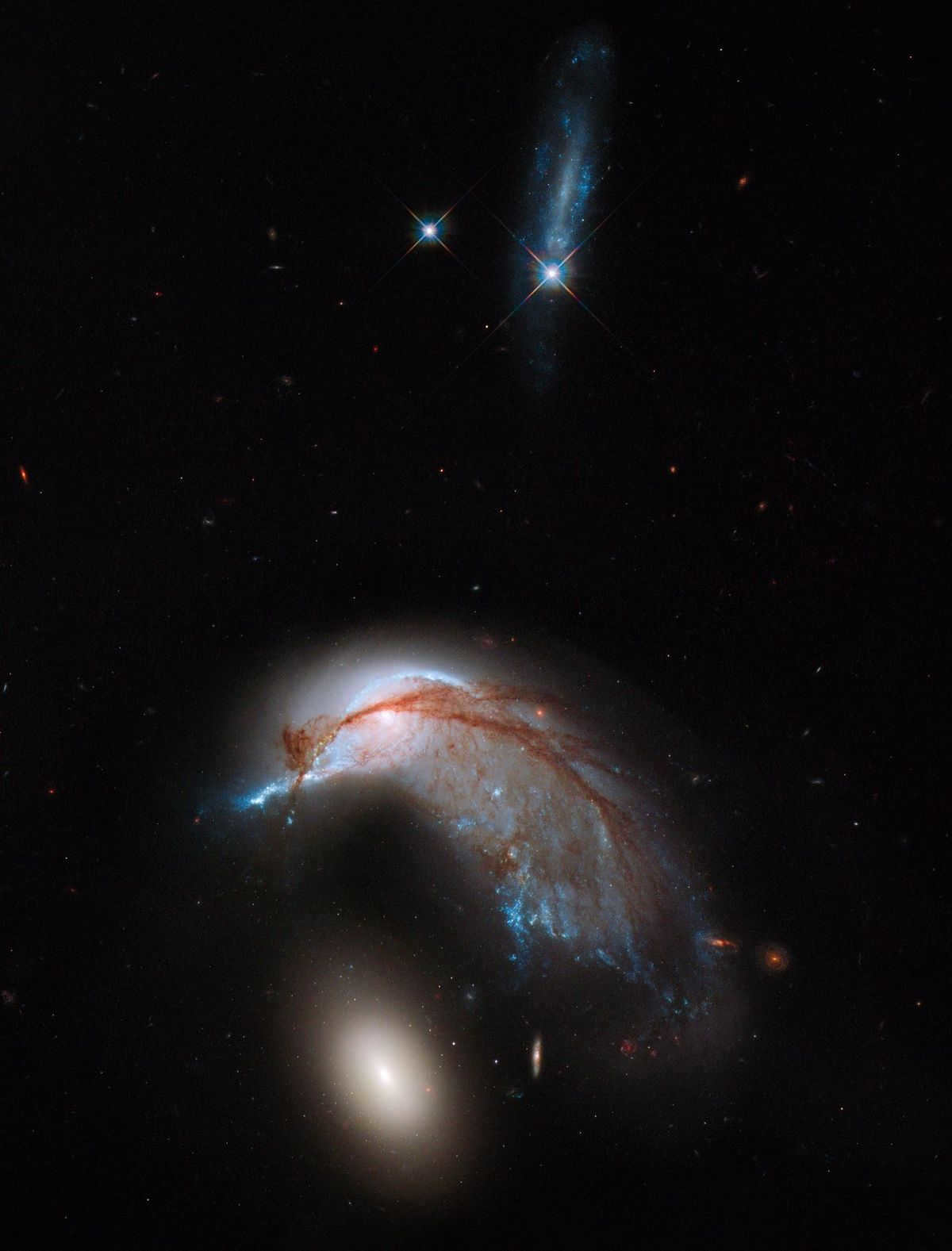
Once again, we are presented with an image depicting the aftermath of the interaction between two neighboring galaxies on their cosmic journey.
NGC 2936 and 2937 collided, resulting in a fascinating event. However, there is an additional intriguing aspect to this collision: the current configuration of these galaxies resembles that of a penguin with an egg. This unique resemblance undoubtedly adds to the appeal and popularity of these celestial bodies.
In the charming snapshot captured in 2013, we can observe visible remnants of the collision. For instance, the penguin’s eye predominantly comprises celestial matter from the egg-shaped galaxy.
By discerning the ages of both galaxies, we can finally determine the answer to the age-old question: which came first, the egg or the penguin?
The emergence of a butterfly from the remains of a star in the NGC 6302 planetary nebula
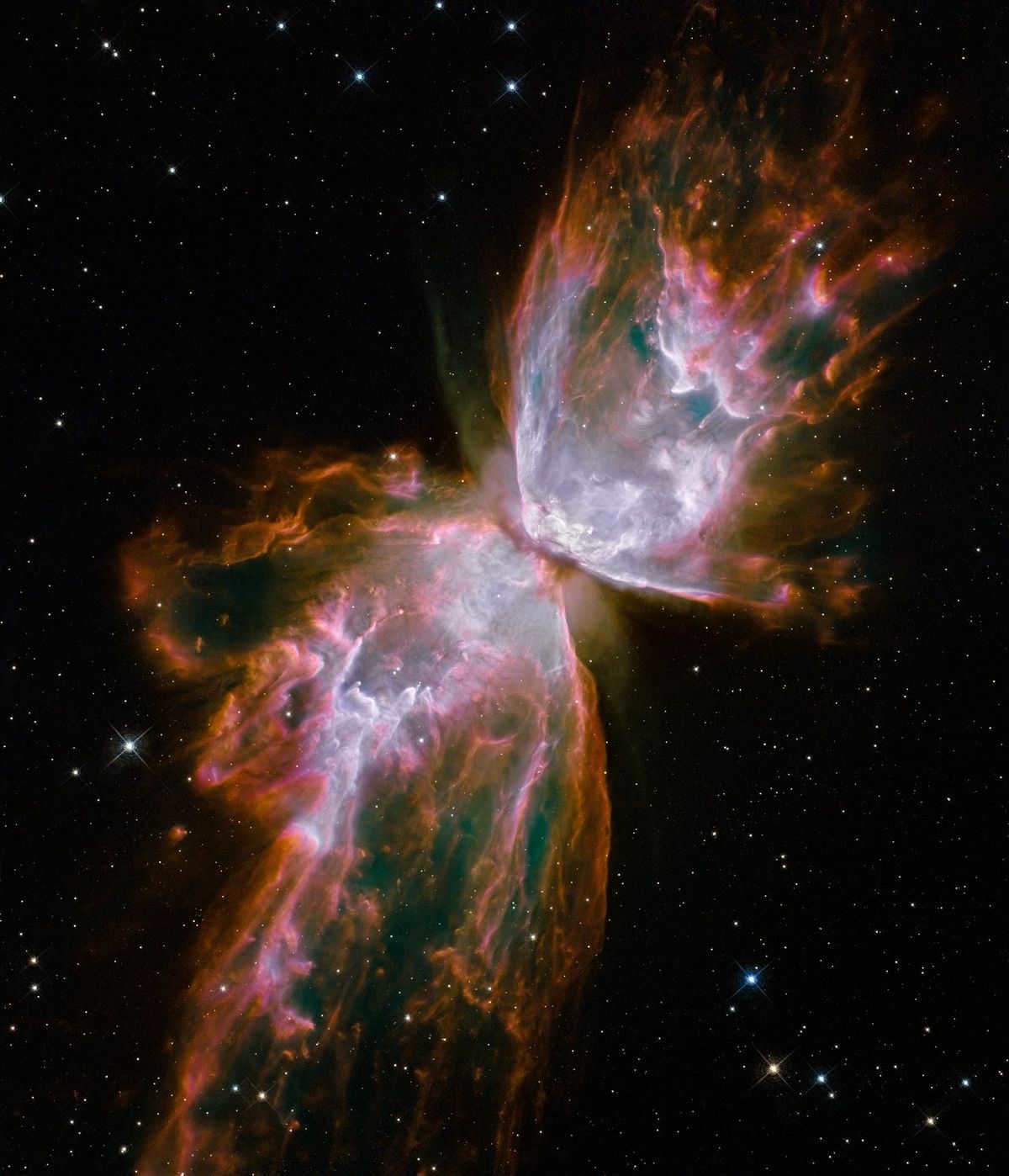
Occasionally, streams of gas moving at astonishing speeds of 20,000 degrees, and traveling at a rate of almost one million kilometers per hour, take on the appearance of delicate butterfly wings. The key is to find the perfect perspective. In the case of the Butterfly Nebula, also known as NGC 6302 or the Beetle Nebula, the nebula itself presented us with the ideal view.
These wings are the result of a dying star located in our own galaxy, within the Scorpius constellation. The shape of the wings is influenced by the ring of dust surrounding the star, which also acts as a shield, preventing us from directly observing the star itself. It is possible that the ring was formed as a result of the star losing matter along its equator at a relatively slow speed, while the wings were formed by a faster loss of matter from the star’s poles.
This photograph was captured in 2009.
There are a number of Hubble images titled Deep Field. These images are taken with long exposure times spanning several days, capturing a small portion of the night sky filled with stars. To capture these images, a careful selection of a suitable area was made, ensuring that it was not obstructed by the Earth or the Moon and that there were no nearby bright objects. As a result, the Deep Field images have become valuable resources for astronomers, allowing them to study the processes of the universe’s formation.
The most recent of these images is the Hubble Extreme Deep Field from 2012. While it may appear uninteresting to the untrained eye, this image is the result of an unprecedented two million second (~23 days) exposure, revealing 5,500 galaxies. The dimmest galaxies in the image have a brightness that is ten billion times less than what the human eye can perceive.
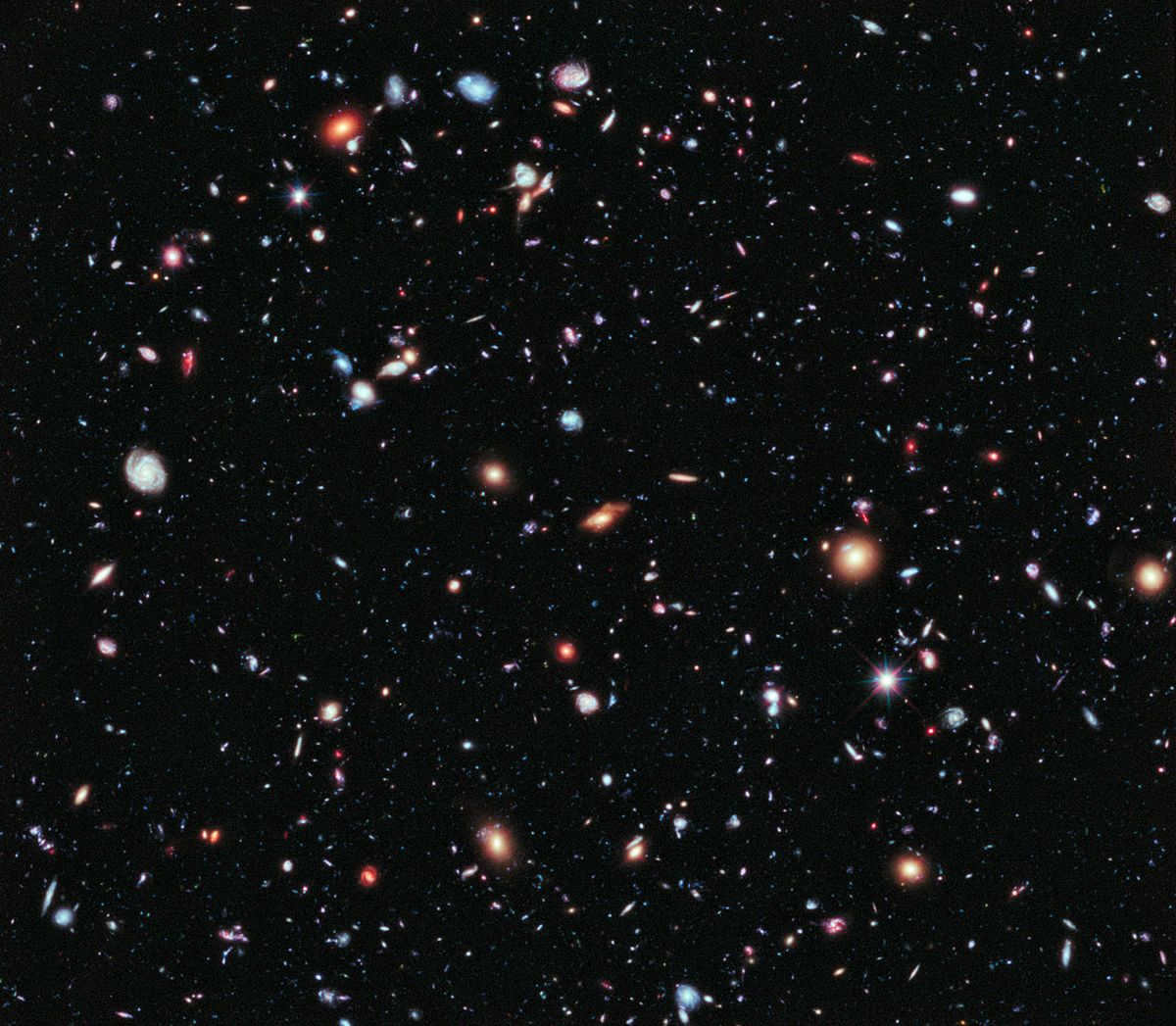
This amazing picture can be found on the Hubble website, providing a glimpse of just a small portion of our vast sky, revealing thousands of galaxies.
Pop Culture
The significance of the Hubble telescope’s work extends beyond the realm of science and has become a cultural phenomenon, making appearances in movies and various forms of art.
Unsurprisingly, Hollywood couldn’t resist incorporating the Hubble telescope into the storyline. In the 1991 film “The Naked Gun 2 and a Half,” the telescope’s image can be seen among Lieutenant Frank Drebin’s collection of photos depicting major disasters of the century.
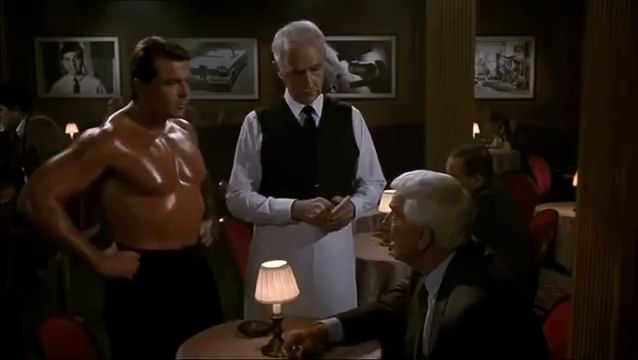
In the dystopian science fiction film “Armageddon” released in 1998, the Hubble telescope plays a pivotal role by capturing the initial images of a massive meteorite on a collision course with Earth.
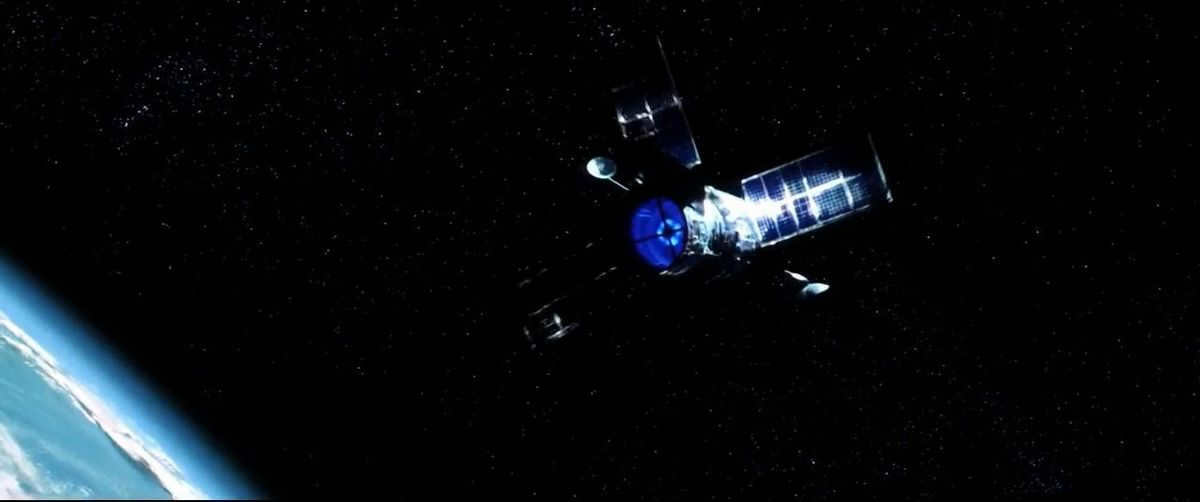
The fourth season of Star Trek Voyager in ’97 marked one of the initial instances where the telescope’s images gained recognition in mainstream media.
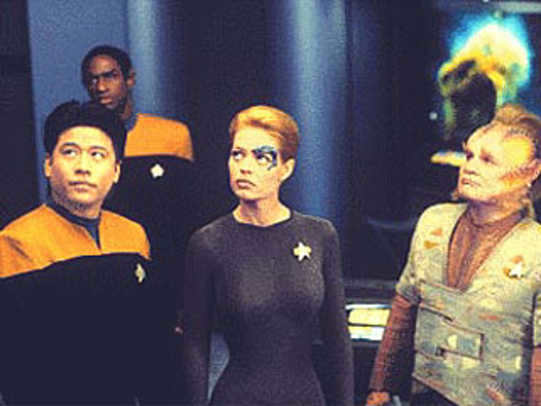
Hubble has made numerous appearances in movies and TV shows, and it would be time-consuming to enumerate all the films in which he has appeared. One of the most stunning applications of the telescope’s images, apart from documentaries, can be seen in the 1997 film Contact starring Jodie Foster. Additionally, the recent film Gravity features a storyline that is connected to a Hubble repair mission.
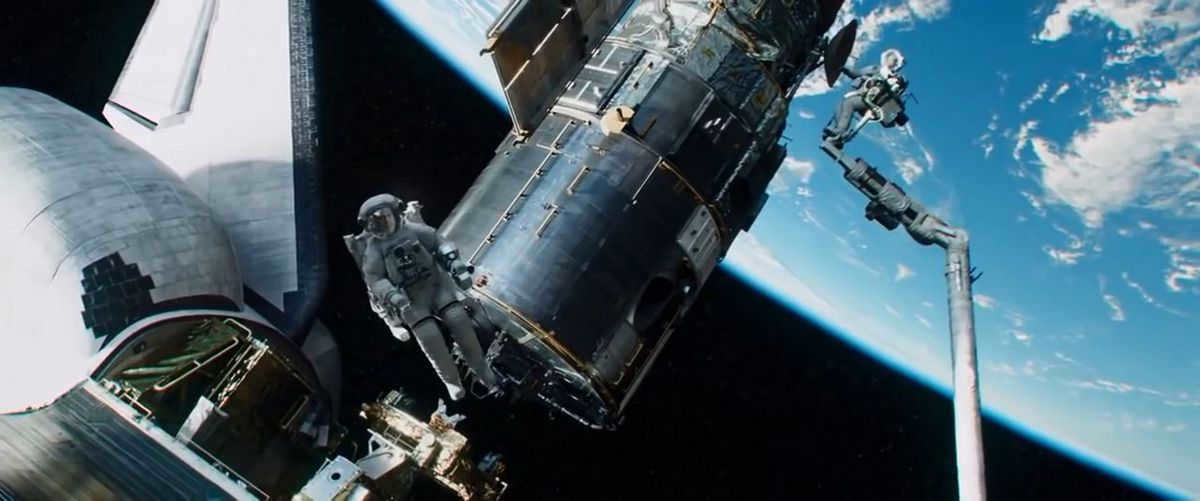
One of the unforeseen uses of Hubble’s inheritance: fashionable leggings inspired by the cosmos. These patterns can also be applied to various types of clothing.
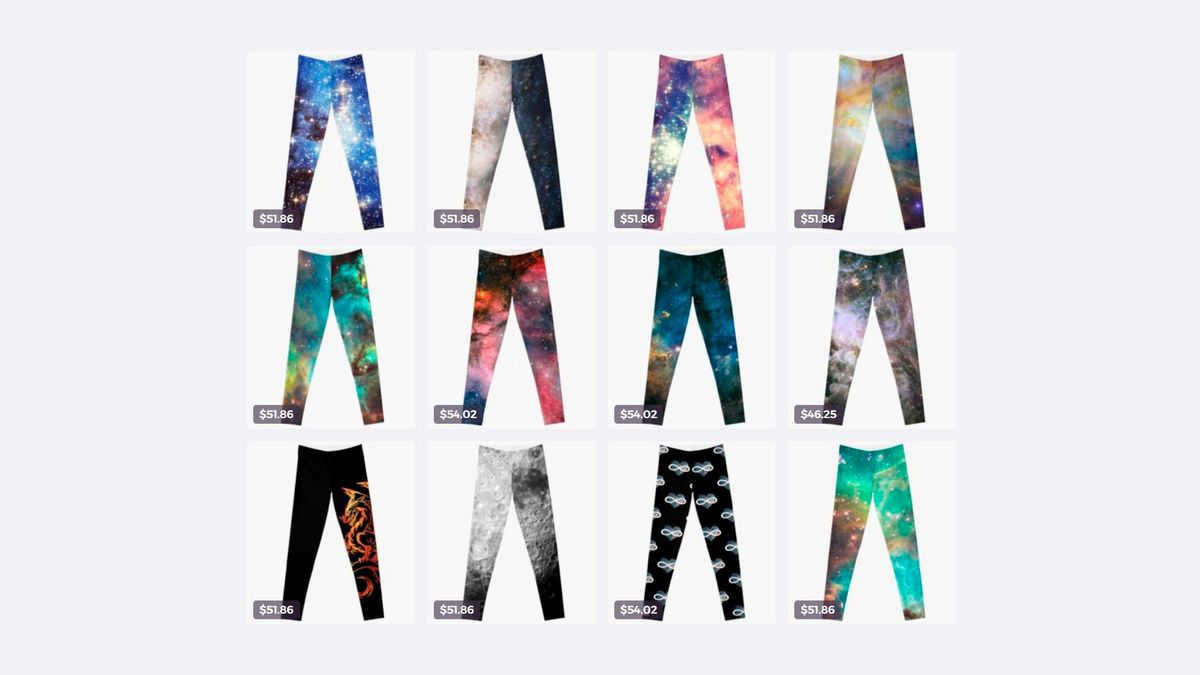
The Hubble Telescope (1990 – 203_)
The Hubble Telescope is set to be de-orbited after the year 2030. While this may seem like a somber fact, it is important to note that the telescope has far surpassed its original mission duration. Over the years, the telescope has undergone numerous upgrades, with advancements made to its equipment. However, the core optics have remained untouched. In the near future, humanity will be introduced to a more advanced replacement for the Hubble Telescope with the launch of the James Webb telescope. Nevertheless, the Hubble will continue to operate until it reaches the end of its lifespan. It is worth acknowledging the incredible amount of work put in by scientists, engineers, astronauts, and other professionals, as well as the financial support from American and European taxpayers, that has been invested in the Hubble Telescope.
It’s difficult for a non-astronomer to comprehend the significance of Hubble, but for us, it serves as a magnificent emblem of humanity’s accomplishments. Although not without its challenges and a complicated past, the telescope has emerged as a triumph, poised to contribute to scientific progress for many years to come.
Roller
I originally created a video about the history of Hubble for Giktimes, but I have now prepared it in article format. The video features a voice-over and showcases historical, technical, and aesthetically pleasing illustrations.
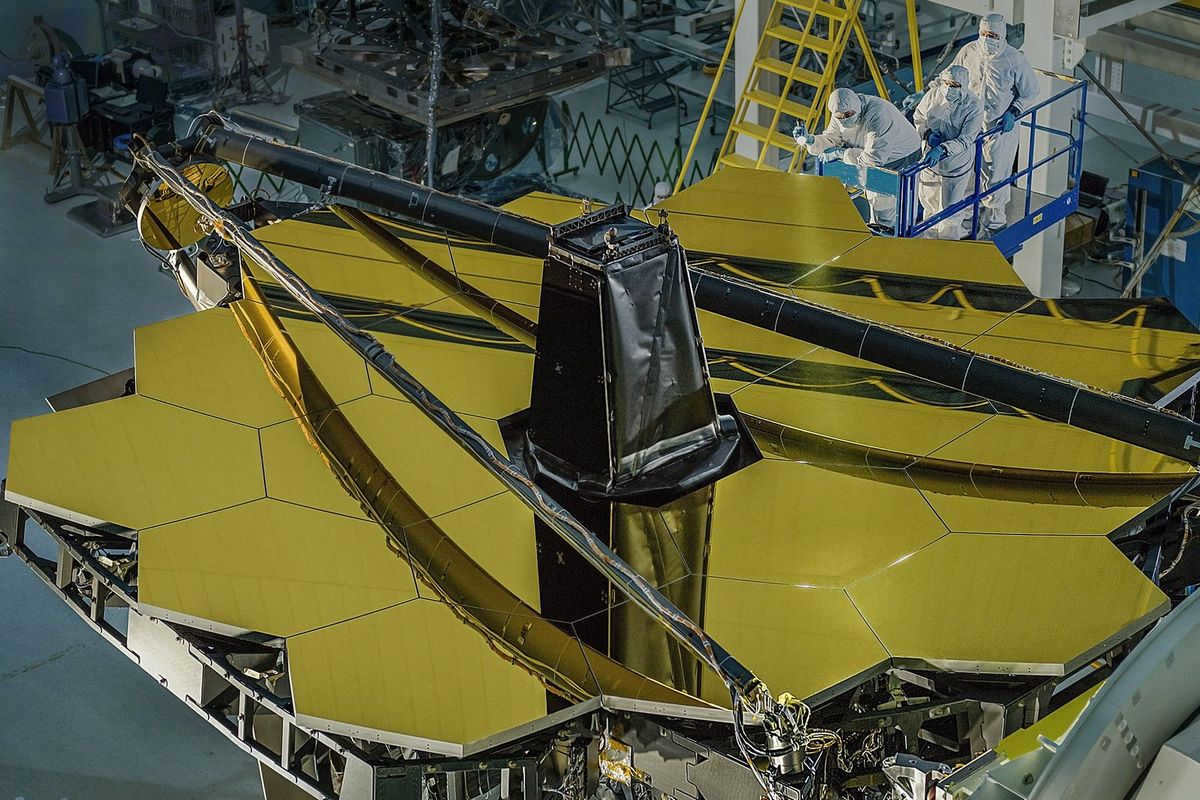
Since June 13th, the Hubble Space Telescope has gone into a state of safe mode, resulting in the suspension of astronomical observations. It is believed that the issue lies within the memory block of the NSSC-1 computer system, which is responsible for the functioning of the telescope’s scientific instruments. Although NASA has been making efforts to rectify the problem, they have yet to regain control over the situation.
It is possible that the telescope may become inoperable at some point. However, 30 years of service, during which Hubble has worked for the benefit of humanity, is a considerable amount of time for space technology. Other systems and components, including memory, may also be damaged or nearing the end of their lifespan. Nevertheless, Hubble has a successor, so to speak, in the form of the James Webb Space Telescope. Let us delve into its history and examine the current stage of the project’s development and launch into space.
The situation is still unclear, with the restoration of its functionality being unattainable for nearly a fortnight. The agency is currently making efforts to revive the backup computer, which has been nonoperational since 2009, but unfortunately, there have been no positive updates thus far.
Initially, the agency attempted to utilize the backup memory for the telescope not once, but twice. However, these attempts proved futile, indicating that the issue may lie elsewhere rather than in the memory. Consequently, it appears to be a wise move to bring the backup computer that oversees the scientific instruments of the telescope back into operation.
The computer unit itself – both the main and the duplicate – was developed in the 1980s. The main computer functioned for nearly 20 years, while the duplicate was installed in 2009 during a special mission with astronauts. However, the duplicate computer contains the same components as the main one, which were manufactured in the 1980s. Here is further information regarding these systems. It is currently unknown whether the duplicate computer has endured the test of time. If not, we will either have to launch a new space rescue mission, which is unlikely, or terminate the telescope’s operation.
However, even if the system is successfully restored this time, there is no guarantee of reliable future operation. Therefore, NASA has already begun the process of restoring the system in early spring after an error in the onboard software. Fortunately, the problem was resolved promptly.
Regardless, there is a requirement for a new space telescope to carry on the legacy of the “Hubble” with enhanced scientific instruments.
The “James Webb” Telescope
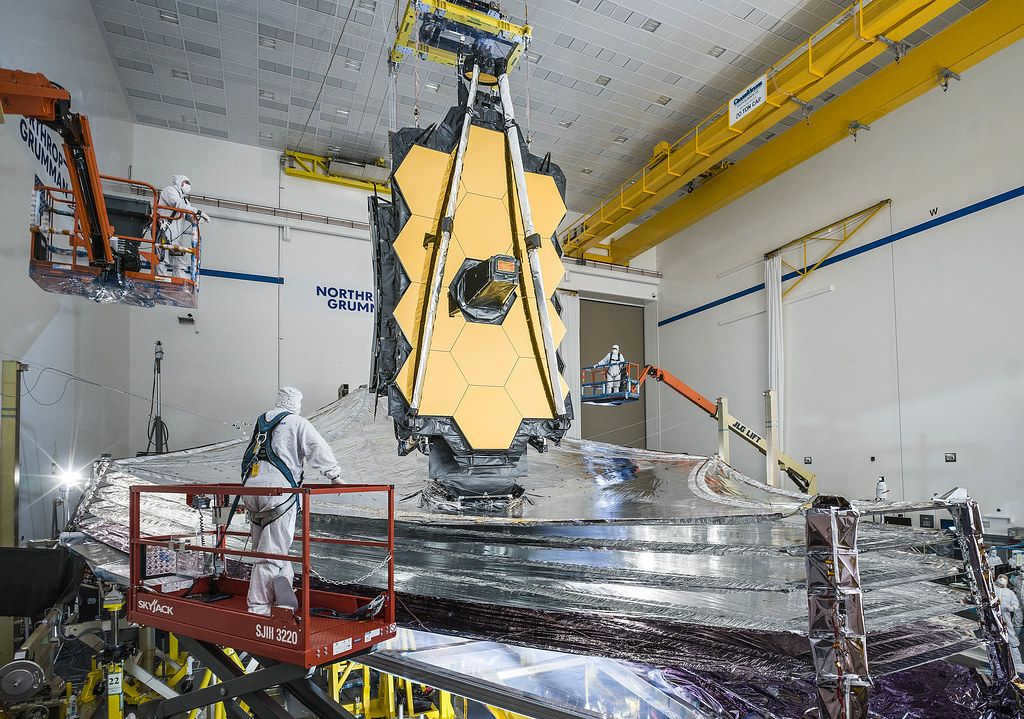
The initiative was initiated in 1996 and was originally known as the Next Generation Space Telescope (NGST). The name perfectly aligns with its purpose as it represents the next step in the evolution of space telescopes. This innovative system was designed to further advance the research conducted by the Hubble Telescope, offering broader capabilities that will be discussed in more detail below.
After a few years, the project underwent a name change to honor one of NASA’s early executives. It is now referred to as the James Webb Space Telescope, or JWST for short.
The infrared telescope is a new addition to the field of observation, with an operating range that covers radiation from 0.6 to 28.5 microns. In order to fulfill its observation tasks, the telescope requires a mirror of impressive size. However, constructing a solid mirror with a diameter of 6.5 meters, and a mass suitable for space travel, is no easy feat. As a result, a decision was made to create a composite mirror that is relatively lightweight.
This composite mirror is made up of 18 hexagonal segments, allowing for easier transportation. If the mirror were to be one solid piece, it would be too large to launch into space. Each segment can be individually customized, with each segment weighing approximately 20 kg. The mirror is coated with a thin layer of gold, which is a thousand times finer than a human hair. The segments themselves are made of beryllium, chosen for its ability to retain its shape even at ultra-low temperatures.
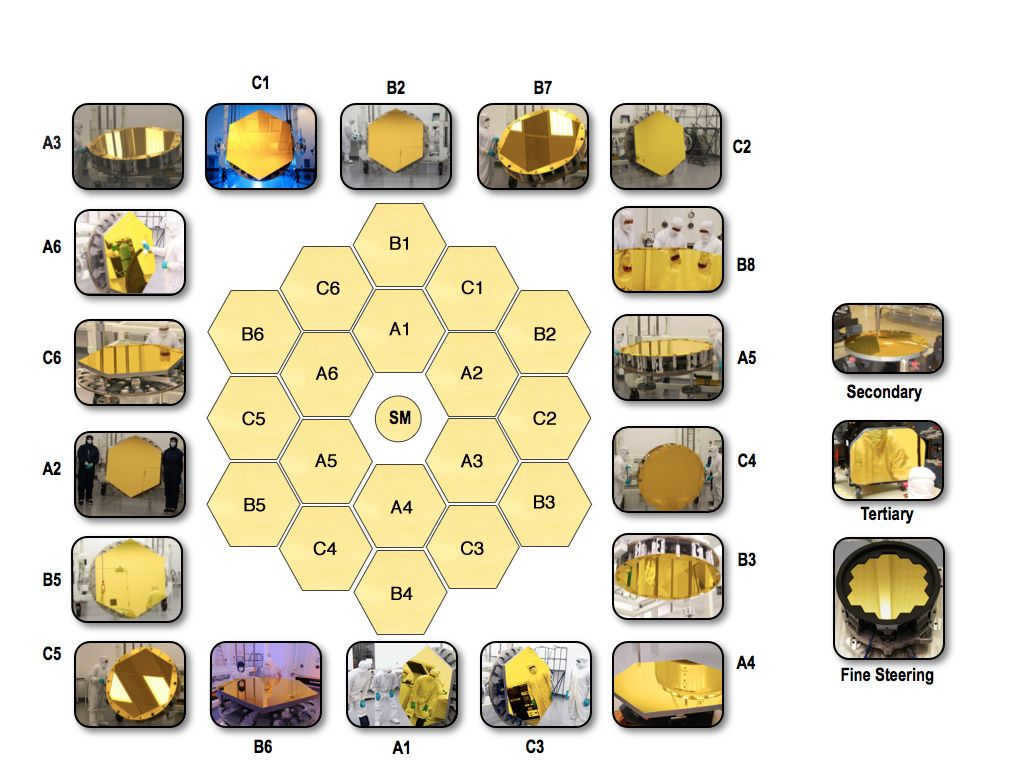
The segments have a hexagonal shape to eliminate gaps between them and the mirror shape ends up being close to circular. This allows the telescope to focus the light on the detectors.
The system’s sensitivity is so high that the telescope can detect a thermal object the size of a bumblebee from the Earth to the Moon.
The space telescope will be positioned approximately 1.5 million kilometers away from Earth. The Hubble telescope is in low Earth orbit at 570 km, which allows astronauts to service it. However, this won’t be possible with Webb. If something goes wrong, the telescope will remain at a significant distance from our planet and cannot be repaired.
Instruments utilized by the telescope
Near-infrared camera
The near-infrared camera serves as the primary tool for capturing images with the Webb telescope. It is capable of detecting infrared wavelengths ranging from 0.6 to 5 microns. With this camera, scientists will be able to observe light emitted by the earliest stars and galaxies, as well as the young stars within our own Milky Way galaxy and objects within the Kuiper belt.
Near-infrared spectrograph
This instrument is employed to analyze the scattering of light from various objects. By studying the spectrum, scientists can gather valuable information regarding the physical characteristics of the object, such as its temperature, mass, and chemical composition.
Mid-infrared instrument
The mid-infrared instrument is designed to detect wavelengths ranging from 5 to 28 microns. It is particularly useful for observing the red-shifted light emitted by distant galaxies, newly formed stars, and faintly visible comets.
Precision Guidance Sensor
Used for detecting first light and characterizing exoplanets, the precision guidance sensor plays a crucial role in the telescope’s operations.
Main objectives of the mission
There are a total of 286 distinct programs included in the comprehensive task list. Each program in the final list is categorized based on the duration of observation:
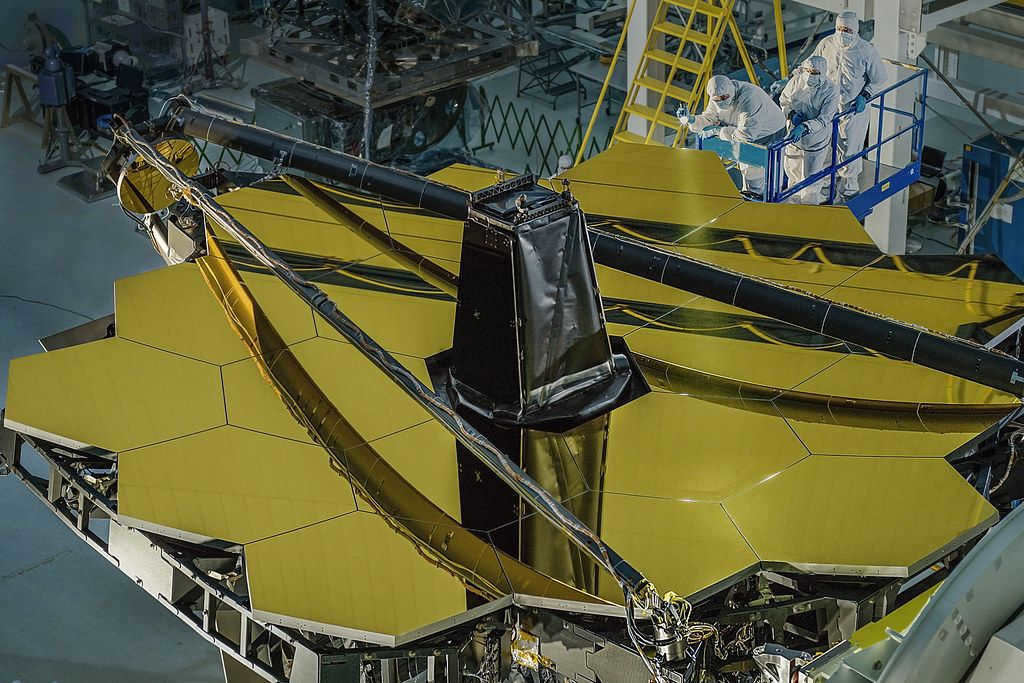
The primary objective of the telescope is to investigate the state of the Universe immediately following the occurrence of the Big Bang. The new instrument holds the potential to provide insights into the origins and initiation of the Universe’s reionization. Additionally, the “James Webb” telescope will have the capability to observe galaxies located 13.5 billion light-years away from Earth. These galaxies emerged shortly after the Big Bang, albeit not within the timespan of human existence, but rather in relation to the age of the universe itself.
Ancient galaxies will be compared to their contemporary counterparts in order to gain a better understanding of the evolutionary processes that different types of galactic objects undergo. The timeframe of the study will span from approximately 400,000 years after the Big Bang to 500 million years.
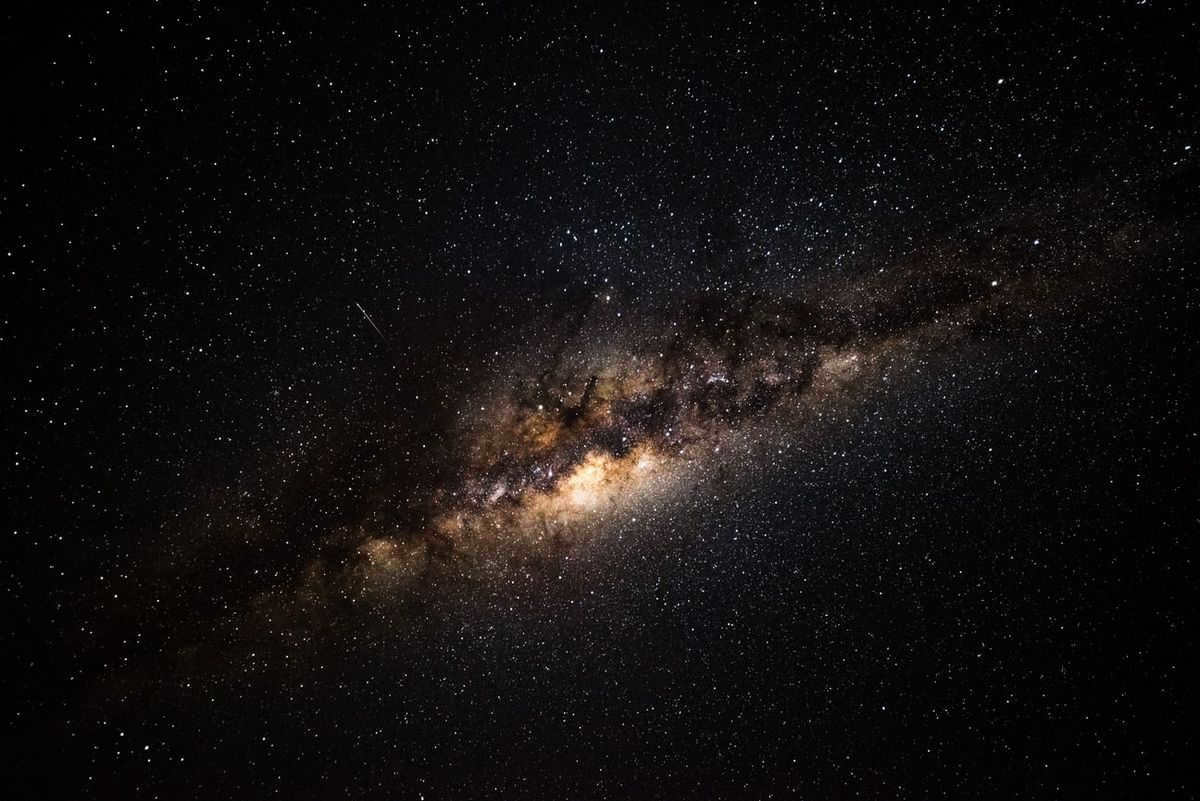
The telescope will have the ability to observe exoplanets, both those that are far away and those that are relatively close. Its advantage over other observational instruments lies in its ability to observe in the infrared range.
In addition to this, the telescope will also have the task of studying young stars within our galaxy, as well as star clusters in nearby galaxies. It will also create a map of dark matter.
Not only will the telescope observe the past of the universe, but it will also observe its present, including objects within our own solar system.
Once the telescope is in position and all necessary systems are deployed, it will focus on studying Jupiter, including its atmosphere, rings, and satellites. Of particular interest to scientists are the polar regions of Jupiter, where several large cyclones are located. The capabilities of the telescope will allow for the collection of detailed data on the atmospheric conditions of this gas giant.
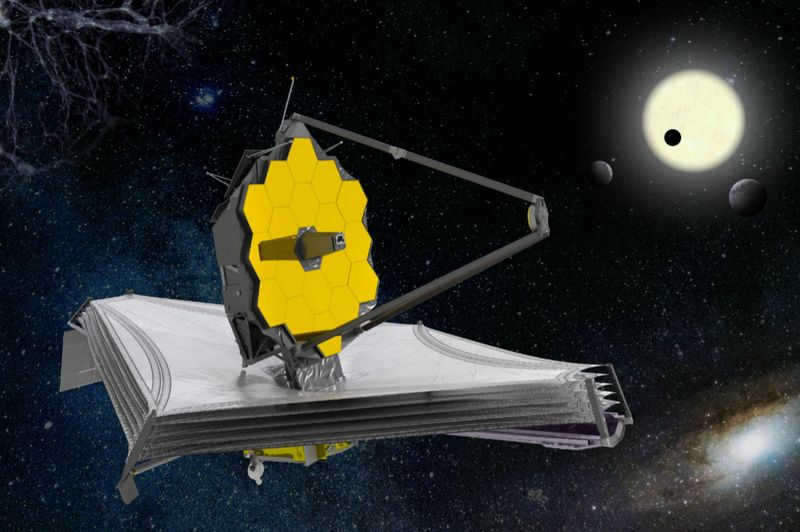
Jupiter possesses its own rings, not as stunning as the ones of Saturn, but that’s perfectly fine. However, due to the brightness of Jupiter itself, observing them is quite challenging. Nevertheless, Webb will provide us with the opportunity to do so, contributing new scientific data.
Subsequently, the telescope will commence studying two of Jupiter’s satellites – Ganymede, which surpasses the size of the entire planet Mercury, and Io, a moon of the giant planet known for its volcanic activity.
Furthermore, the telescope will investigate objects within the Kuiper belt.
According to astrophysicist and James Webb mission senior scientist John S. Mather, the telescope’s launch will unveil “an infrared treasure chest with guaranteed surprises.”
Challenges with the latest telescope
The original plan estimated that the project would be completed within a little over a decade, but in reality, it ended up taking much longer. Initially, the intention was to launch the telescope into space in 2007 (no mistake there). However, a sequence of difficulties arose subsequently. The ultimate cost of the project amounted to a staggering $10 billion. Interestingly, the initial budget allocated for the construction of the telescope was $626.7 million.
When will the launch of “Webb” take place?
It’s hard to predict. The telescope’s launch has been rescheduled 19 times, with the most recent date being June 2, 2021. However, there are discussions about a potential delay of just a few weeks, shifting the launch from October (as originally planned) to either October or December.
The telescope is scheduled to be sent into space from the Arianespace ELA-3 launch complex at the spaceport near Kourou in French Guiana.
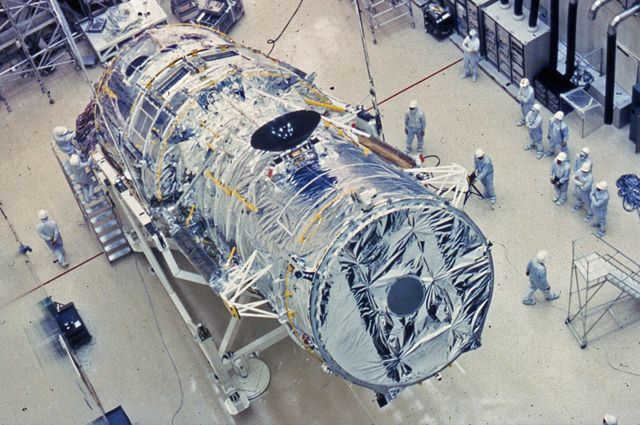
Back on April 24, 1990, the shuttle Discovery took off from Cape Canaveral with a singular objective in mind – to deploy a revolutionary space telescope into Earth’s orbit. This groundbreaking mission proved to be an astounding triumph, as the orbiting observatory, aptly named after the renowned astronomer Evin Hubble, remains at the forefront of exploring the vast realms of interstellar space and the distant galaxies of our ever-expanding Universe. Even after three decades have passed, the Hubble Telescope continues to captivate our imagination and push the boundaries of scientific discovery.
Here, we delve into the captivating tale of one of humanity’s most extraordinary scientific instruments ever devised.
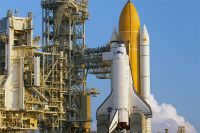
Astronomical observatory the size of a five-story building.
The history of this observatory began immediately after the conclusion of World War II, in 1946. Astrophysicist Lyman Spitzer authored a paper outlining the primary advantages of an orbiting observatory compared to a ground-based telescope. Firstly, he argued that the absence of an atmosphere would greatly enhance the angular resolution of observations of distant celestial objects. Secondly, due to this same lack of atmosphere, observations in the infrared and ultraviolet ranges would become possible.
In 1965, Spitzer was appointed as the head of the committee responsible for defining the scientific goals of the space telescope, and in 1968 NASA approved the plan for its construction. However, it took another 10 years for the U.S. Congress to allocate the necessary funding, after which full-scale design work commenced immediately.
Initially, it was anticipated that the telescope’s mirror would have a diameter of 3 meters. However, due to budget constraints, it had to be scaled down to 2.4 meters. Nonetheless, the dimensions of the observatory remain awe-inspiring. The complete structure weighs a staggering 11 tons, and its length of 15.9 meters surpasses the height of a five-story building.
In the early 1980s, the telescope was given the name of the renowned astronomer Edwin Hubble. The launch into orbit had to be postponed multiple times, including due to the tragedy of the shuttle Challenger in 1986. As a result, the Space Shuttle program was temporarily put on hold, and Hubble remained stored in a specially designed room with controlled air conditions for several years. This led to an increase in project costs, with storage and maintenance alone costing 6 million dollars per month. However, during this period, various improvements were made to the telescope, such as the replacement of solar panels with more efficient ones, upgrades to the onboard computer system and communication systems, and the completion of the software.
Exactly 30 years ago, on April 24, 1990, the shuttle Discovery was launched from Cape Canaveral to finally bring the Hubble telescope to its designated orbit.
10 incredible pictures taken by the Hubble telescope
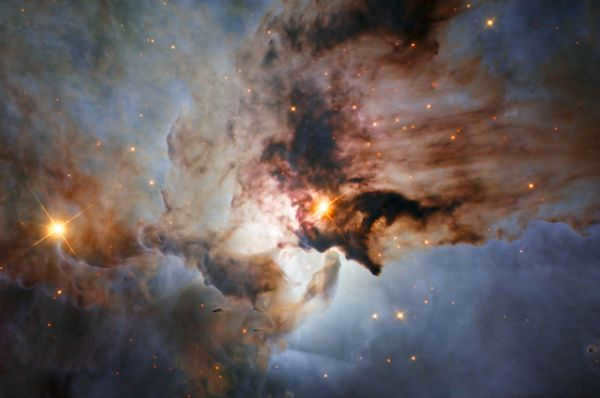
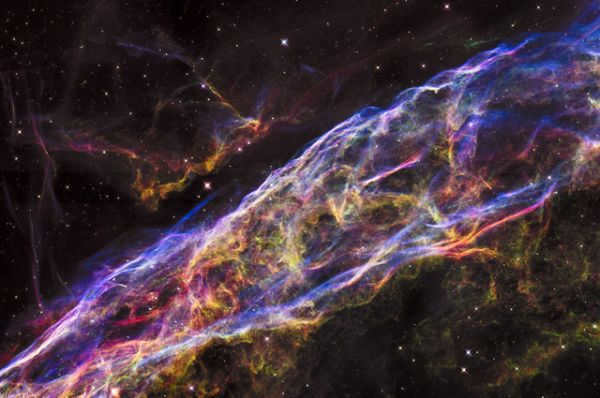
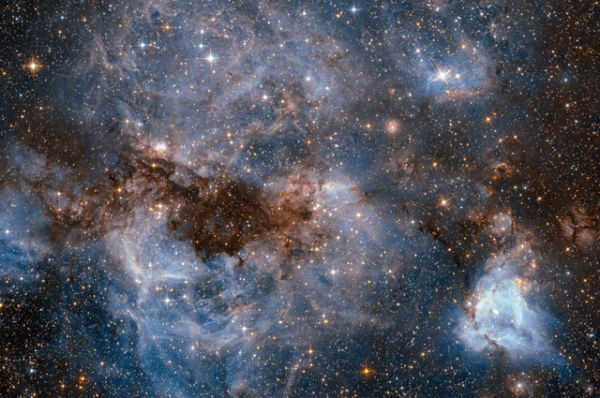
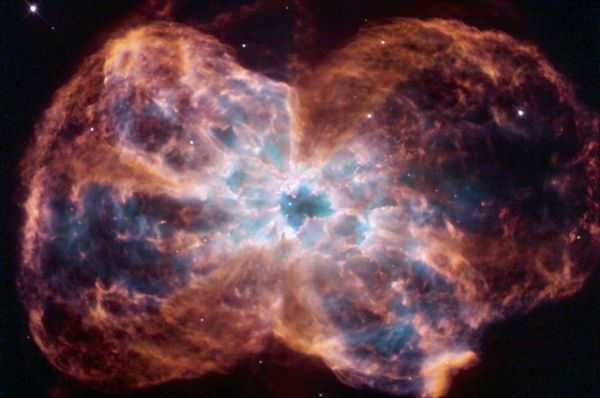
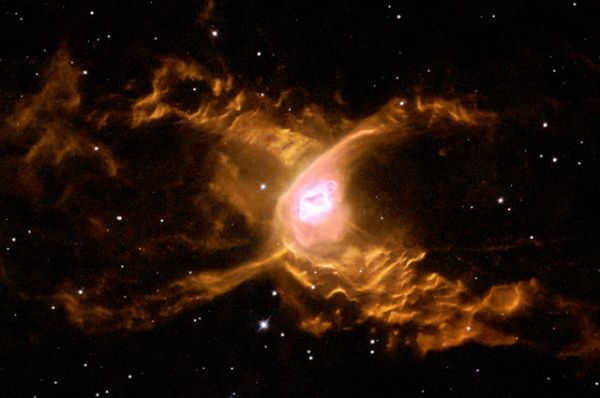
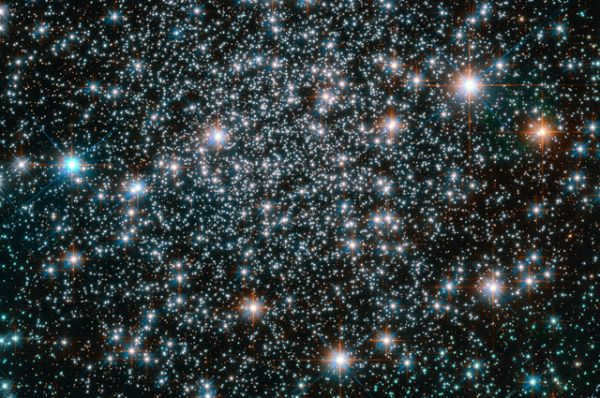
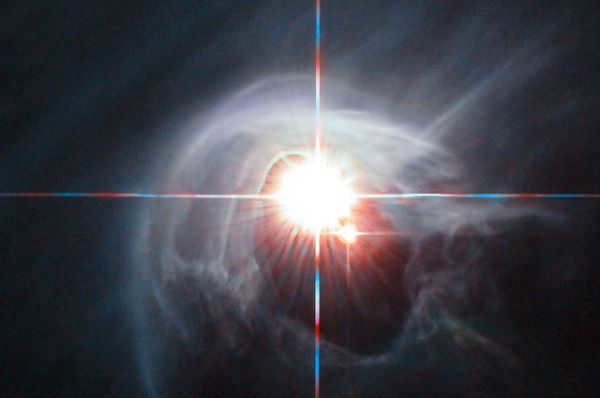
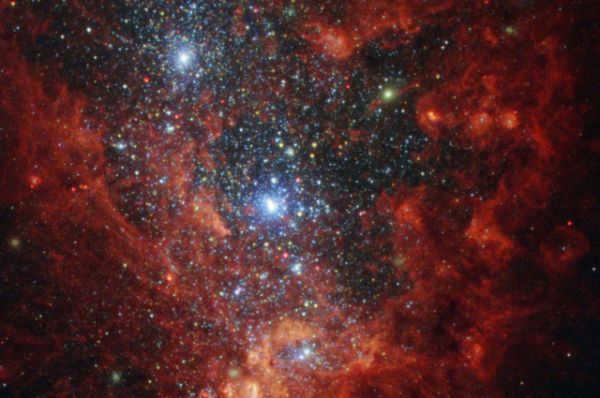
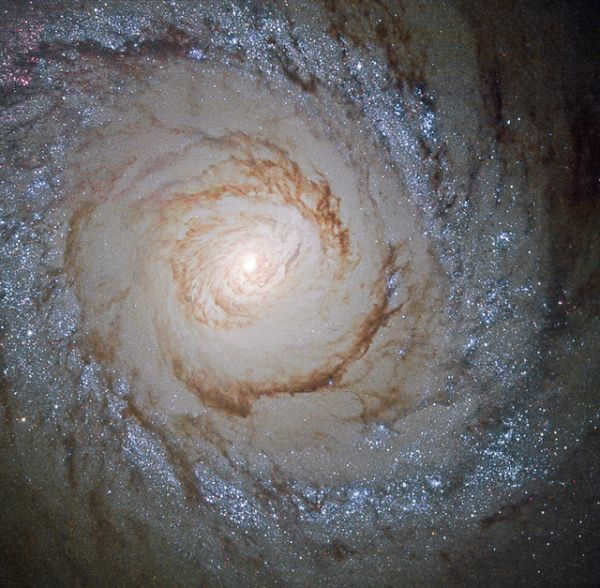
10 incredible pictures taken by the Hubble telescope.

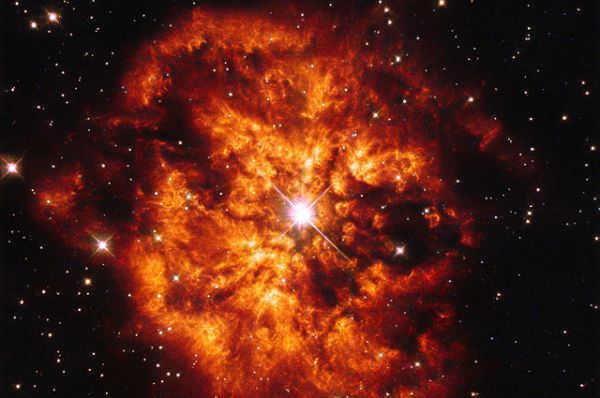








How old is the universe?
“The universe’s age has been a subject of much speculation and inquiry. However, with the advent of the Hubble Space Telescope, our understanding has been revolutionized. The telescope’s observations from orbit have led to a plethora of scientific breakthroughs, including the exploration of dark matter and the determination of the universe’s age. Hubble has not only provided answers to some of astronomy’s most significant questions but has also unveiled mysteries that were previously unknown. Through the lens of Hubble, humanity has been able to witness the grandeur and enigma of the cosmos like never before,” the project’s website states. What are some of the specific discoveries that Hubble has facilitated?
During its initial 15 years of operation, the telescope has captured and transmitted over 1 million images of diverse celestial objects such as planets, stars, nebulae, and galaxies. This groundbreaking technology has allowed scientists to obtain the first-ever maps of Pluto’s surface, as well as another dwarf planet called Erida. Additionally, the telescope has successfully photographed ultraviolet polar lights on Saturn, Jupiter, and its moon Ganymede. Moreover, an extensive amount of data regarding exoplanets, which are planets situated in other star systems, has been collected. Many experts in the field believe that the research conducted on exoplanets is deserving of a prestigious Nobel Prize.
Hubble was the first to capture images of protogalaxies, which are the earliest formations of matter that emerged less than one billion years after the Big Bang. Additionally, Hubble observed numerous protoplanetary disks surrounding stars within the Orion Nebula, providing evidence that a significant portion of stars in our Milky Way Galaxy are currently undergoing the process of planet formation. Furthermore, Hubble’s observations confirmed the existence of supermassive black holes and greatly contributed to the development of a modern cosmological model that incorporates the concepts of dark energy and the universe’s accelerating expansion. Notably, Hubble’s research also helped determine the age of the Universe, which is estimated to be approximately 13.7 billion years.
However, us individuals who are not experts in astronomy and astrophysics find ourselves truly amazed by the awe-inspiring photographs showcasing galaxies and nebulae. One must not miss the captivating Pillars of Creation, which are clusters of interstellar gas and dust located in the Eagle Nebula. Interestingly, these photographs in the visible spectrum are not necessarily of utmost importance to the scientists themselves, who typically rely on other ranges of electromagnetic radiation for gathering crucial information. Nevertheless, these vibrant images play a key role in sustaining public interest in the project. Furthermore, they serve as a valuable tool for explaining to taxpayers why billions of dollars are invested into this field.
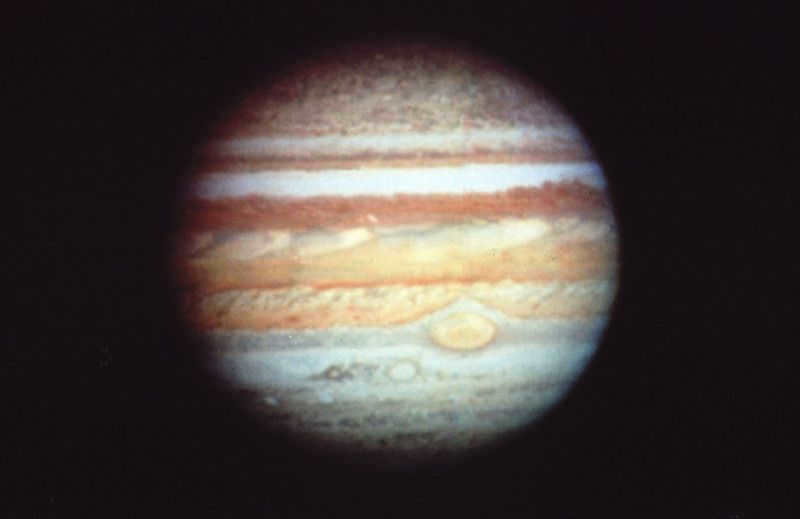
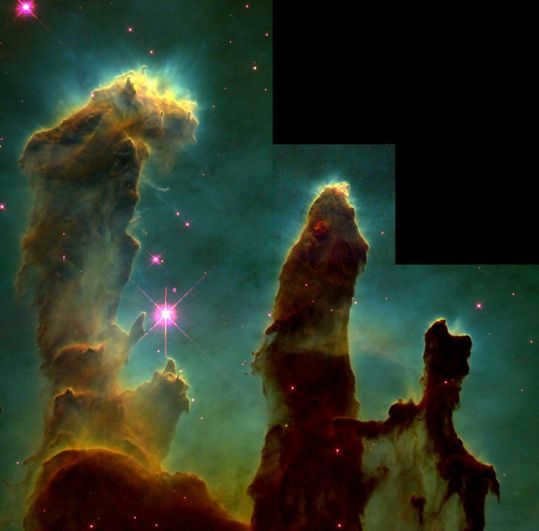
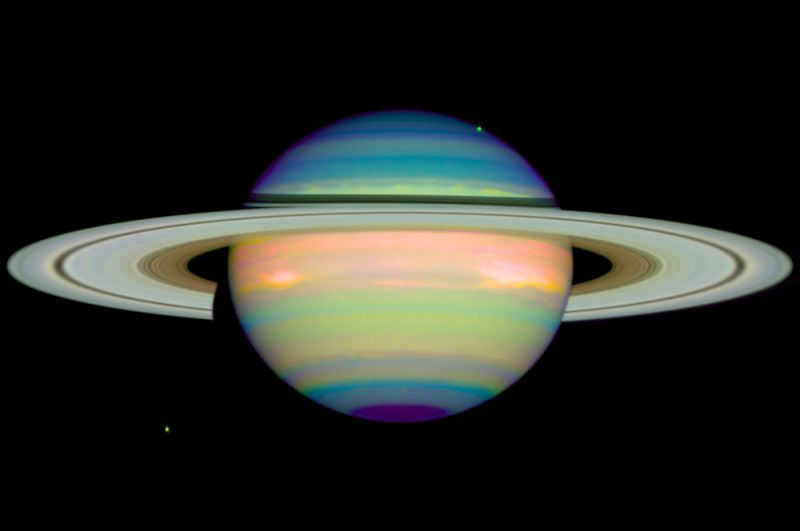
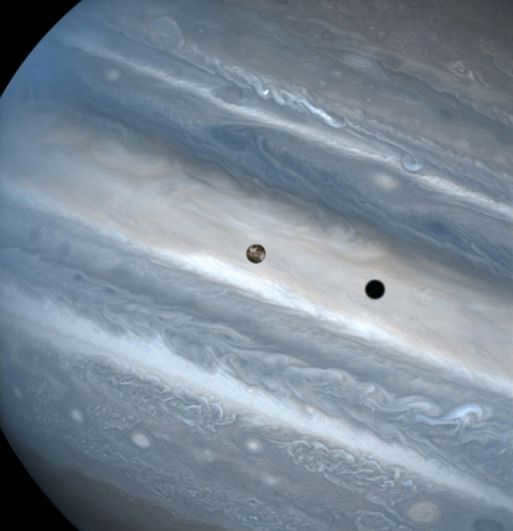
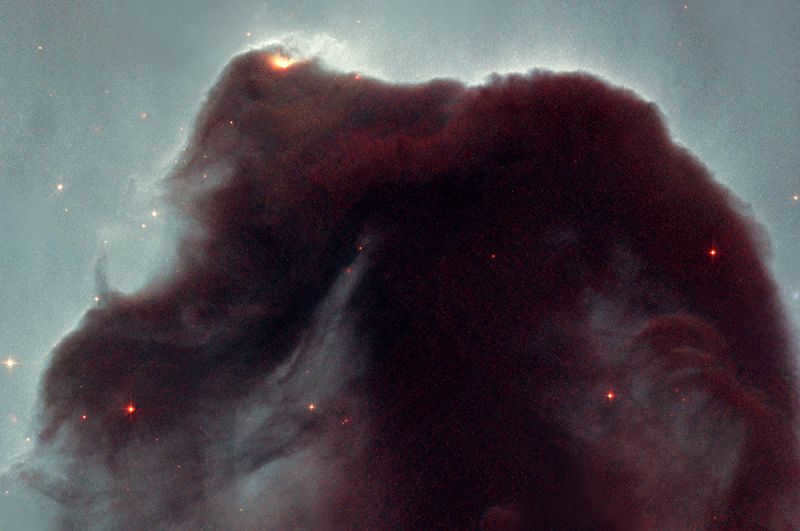
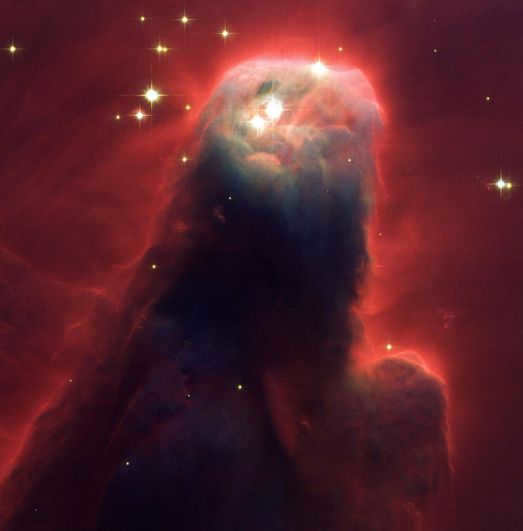
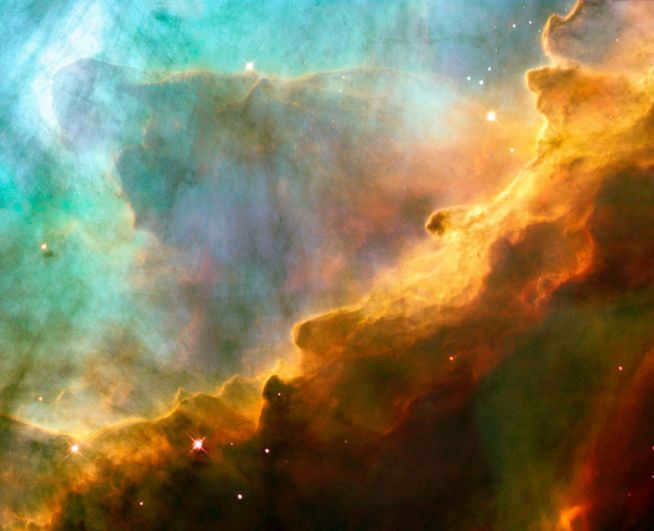
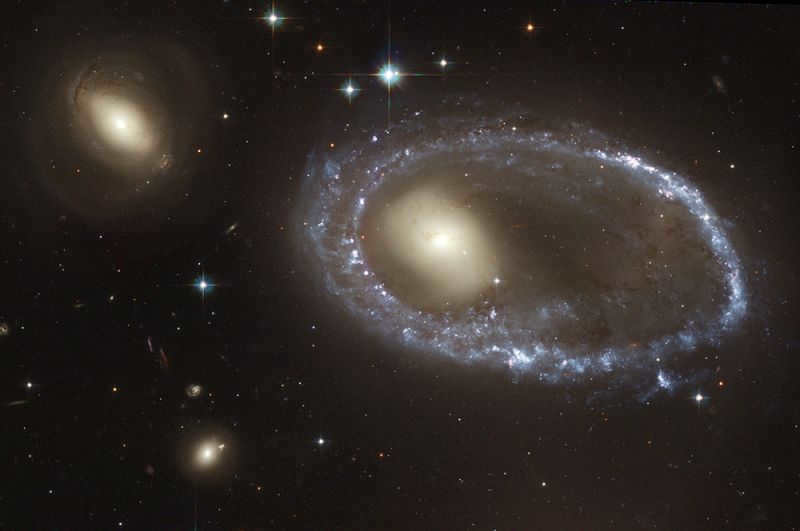
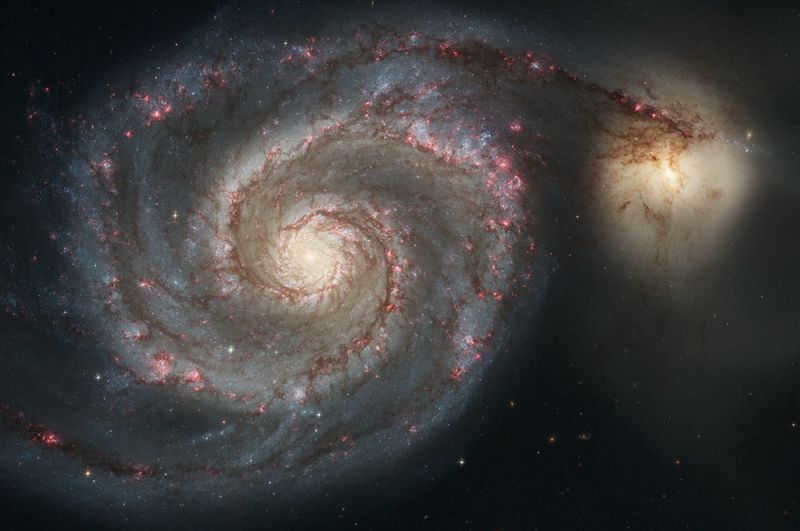
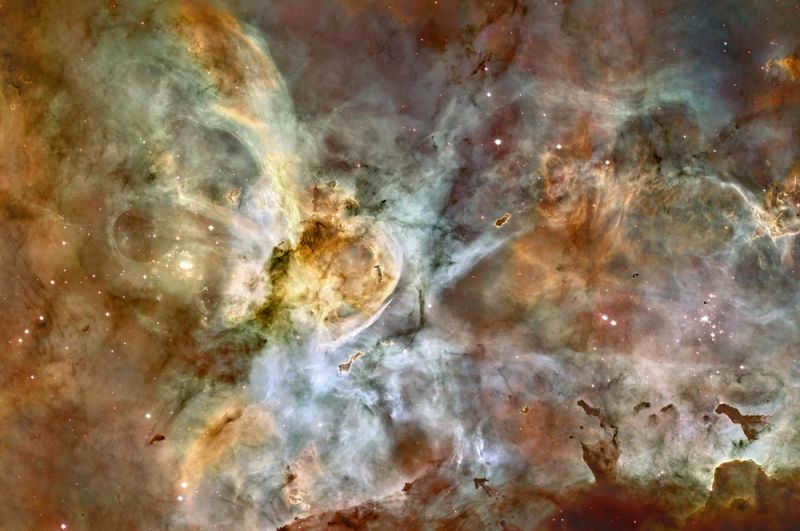
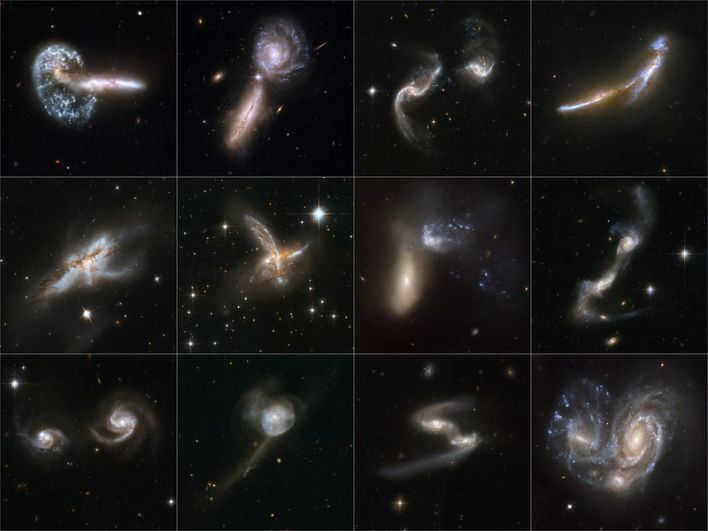
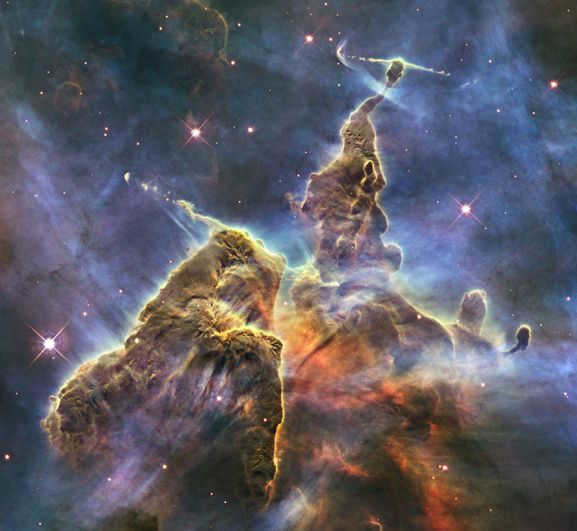
The most incredible Hubble telescope pictures ever captured











Gigantic digital camera
Finally, here are some interesting facts about the Hubble telescope.
The altitude of its orbit is 340 miles (547 km), and it completes one orbit around the Earth every 96-97 minutes. The telescope moves at a speed of 28 thousand km/h, which is equivalent to 7.8 km/s!
The telescope is powered by two solar panels and has a very low power consumption of about 2800 watts. This is comparable to the electricity used by a standard kitchen kettle.
The Hubble telescope is considered a valuable resource for all of humanity. Individuals and organizations from any country or academic background can apply to use it. The selection process is typically held once a year, and applications are reviewed to determine access to observation time. However, due to high demand, the waiting list is currently six to nine times longer than the available time slots.
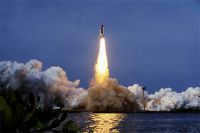
During the time of the telescope’s initial launch, its data was stored on reel-to-reel tape recorders. However, these were eventually replaced with hard disks, which transmit information to a geostationary satellite and then back to Earth.
Although the Hubble telescope is capable of observing the most distant galaxies, there are two cosmic objects that it cannot observe due to their proximity. These objects are the Sun and nearby Mercury. The radiation from the Sun has the potential to harm the telescope’s sensors.
In a sense, the Hubble telescope can be thought of as a massive digital camera. The cameras installed on the telescope capture the radiation of the Universe using CCDs that are similar to those found in our everyday digital cameras.
According to the developers, the observatory’s critical systems were predicted to cease functioning and render the telescope obsolete after 2014. However, the Hubble has defied expectations and continues to operate, with its mission now extended until at least 2021. In the future, the James Webb Space Telescope will take over from the Hubble. Eventually, the Hubble will reenter the Earth’s atmosphere and be incinerated.
The inception of a concept
The concept of an orbiting telescope was first proposed by German scientist Hermann Julius Oberth, one of the pioneers of modern rocket science. In his book “Rocket to Interplanetary Space” published in 1923, Oberth astutely pointed out that placing a telescope outside Earth’s atmosphere would significantly enhance its capabilities compared to those on the planet’s surface. Over two decades later, in 1946, American astrophysicist Lyman Spitzer wrote an article titled “Astronomical Advantages of an Extraterrestrial Observatory”. The central argument of this article was compelling: Spitzer highlighted that the turbulent disturbances caused by the atmosphere would not hinder an extraterrestrial telescope. Furthermore, such a device would be capable of observing not only in the visible spectrum but also in the infrared and ultraviolet ranges, which are mostly absorbed by the atmosphere. Consequently, an extraterrestrial telescope would enable us to see objects that are nearly invisible from Earth’s surface.
Typically, the endeavor to send a telescope into space began immediately after humanity ventured into the cosmos. For instance, from 1966 to 1972, NASA launched a series of four satellites called OAO (Orbiting Astronomical Observatory), which were equipped with detectors and telescopes capable of operating in ultraviolet, X-ray, and gamma ray wavelengths. The results of this experiment were quite promising, as valuable information about numerous stars was obtained, and several pulsars were discovered. Encouraged by these achievements, NASA proposed the concept of a permanent telescope in orbit in 1968. This telescope would be a colossal reflector, utilizing a mirror as its primary light-collecting component.
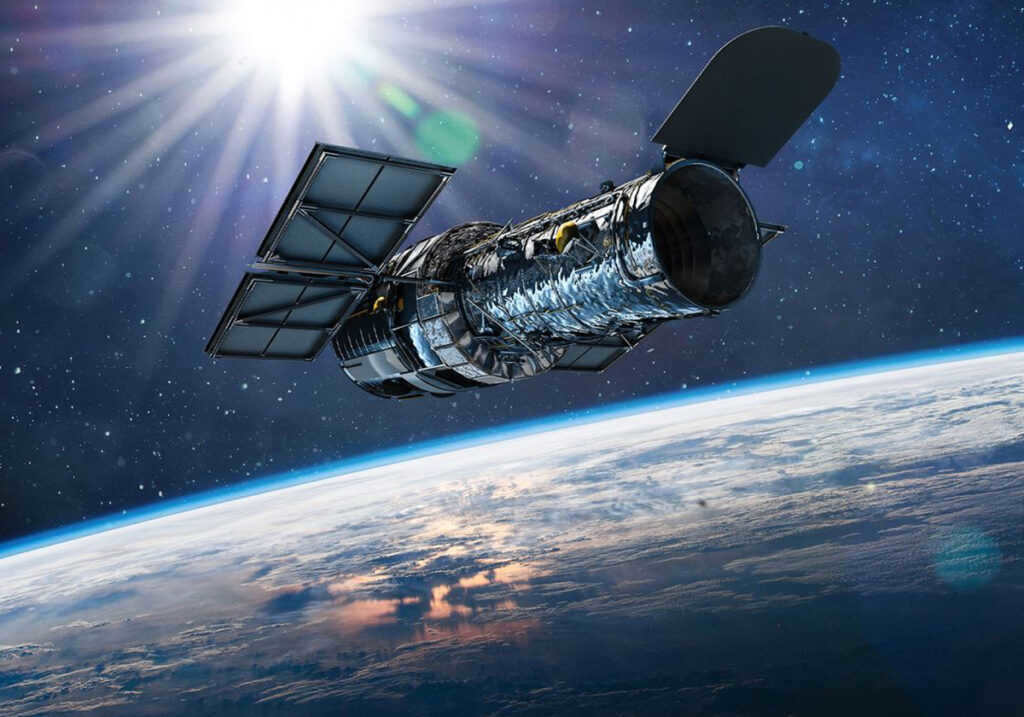
Nancy Grace Roman, also known as “Hubble’s mother,” played a crucial role in the development and implementation of this project. As an esteemed astronomer, she was appointed as NASA’s head of astronomy in the 1960s, making her the first woman to hold such a high position within the space agency. Nancy Roman was captivated by the concept of a telescope orbiting Earth and conducted all the necessary calculations for its realization. The space telescope was expected to have a resolution seven to ten times greater than its Earth-based counterpart, thanks to the absence of atmospheric interference.
However, in our familiar realm, the advocates of the satellite telescope, under the guidance of Lyman Spitzer and Nancy Roman, refused to accept defeat. They relentlessly inundated the U.S. Congress with a multitude of letters for countless years, in an effort to secure meetings with influential politicians – all in order to substantiate their claims, demonstrate their evidence, and ultimately prevail…
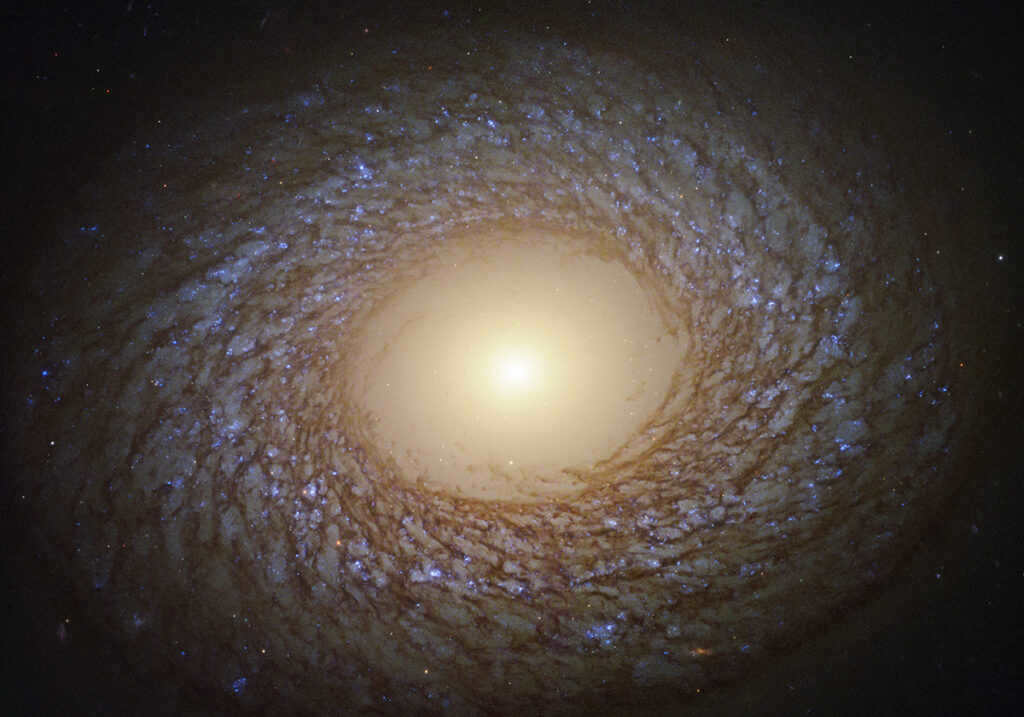
At last, the long-awaited moment arrived on April 24, 1990, seven years later than originally planned. The launch of the Discovery shuttle carrying the Hubble telescope went smoothly, and it was successfully placed into orbit. Just under a month later, on May 20, 1990, Hubble transmitted its first image back to Earth while adjusting its focus. This image was a remarkable improvement, with 50 percent greater clarity than images captured by ground-based telescopes. NASA celebrated with champagne, but their excitement was short-lived. It soon became evident that the jubilation was premature. The sharpness of the images produced by Hubble fell significantly below expectations. The cause? The mirror within the telescope had been manufactured with edges that were too flat, resulting in a thickness that was two micrometers less than the intended specifications!
Consequently, there was a deviation in the observations, rendering the majority of the intended observations of distant regions of outer space unattainable. NASA’s skepticism towards Perkin-Elmer was not unfounded, as the flaw arose during the mirror’s grinding process. However, NASA’s actions were not exemplary either, as the investigation revealed that the defect could have been identified and rectified prior to launch. A flaw in the mirror was discovered during one of the inspections, yet it was disregarded.
The occurrence of such phenomena as deception and a willingness to compromise the quality of work in order to present an impressive report to superiors is widespread.
It was impossible to keep the scandalous situation hidden from the general public – the “Hubble” mission had received widespread publicity, and taxpayers were demanding a practical return on the large amount of money spent on the orbiting telescope. When the unpleasant truth became public, NASA’s credibility suffered a major blow. Comedians began making biting jokes about the hapless scientists, and the writers of the 1991 comedy film “The Naked Gun 2½: The Smell of Fear” even compared the Hubble story to disasters such as the sinking of the Titanic and the Lusitania, the explosion of the airship Hindenburg, and the 1906 San Francisco earthquake. The crucial question arose: what should be done?
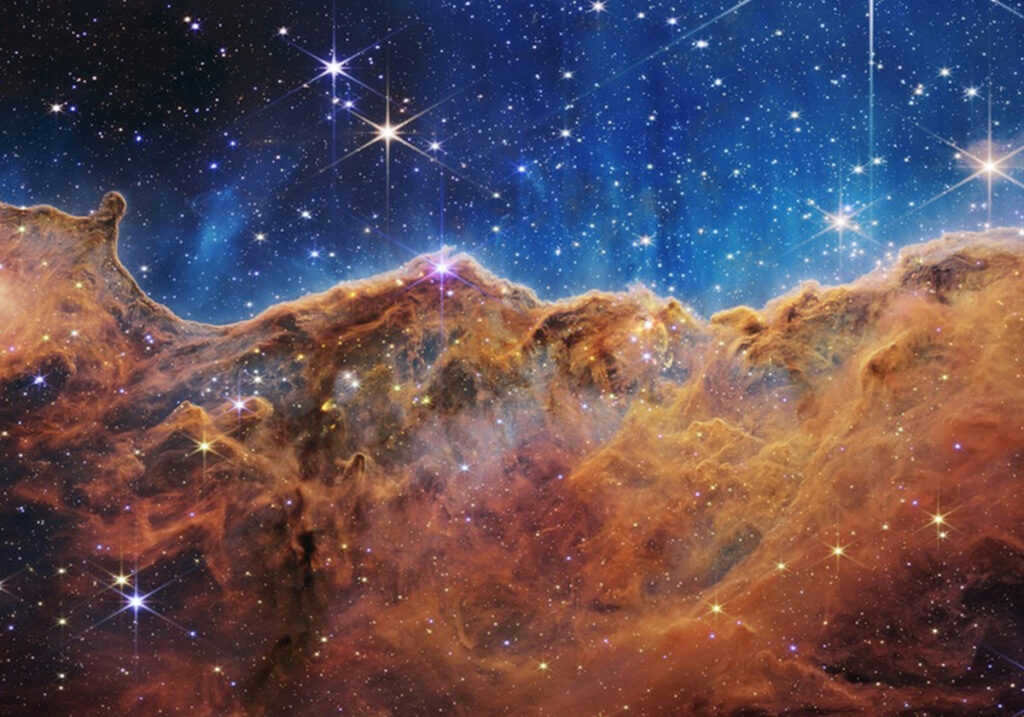
He experienced a feeling of loneliness that seemed to encompass the entire universe, as per his account.
“We were traveling at a speed of 28,000 kilometers per hour and completed one full orbit around the Earth in ninety minutes. This meant that we experienced forty-five minutes of daylight followed by forty-five minutes of darkness. When our spacecraft entered the dark region, it wasn’t just an absence of light, it was the deepest darkness I had ever encountered. The coldness and darkness seemed to intensify my feelings of loneliness. We made use of the time as best we could for about an hour. I climbed up and down the shuttle’s exterior, trying to determine the best position to retrieve another tool and attempt to fix the problem. Unfortunately, none of our efforts were successful. Then, after about an hour and fifteen minutes, I received instructions to move to the front of the spacecraft, access the tool compartment, and retrieve a clamping device and duct tape from there. At that moment, I realized that we were running out of options. I was even unaware that we had such tape on board…” – Massimino recounts.
The astronaut and the “Hubble” telescope both emerged from that adventure unscathed – following the advice of experts back on Earth, the astronaut securely fastened the handrail that was obstructing the removable panel, and with great effort, managed to remove it. Subsequent repairs to the spectrograph’s power supply went smoothly without any complications…
An Enigma in Space
Incidentally, there is a significant philosophical paradox in the work of the “Hubble” telescope: it presents earthlings with images of phenomena that occurred many years ago, rather than those happening in the present. This was eloquently described by the renowned astrophysicist Carl Sagan, a strong advocate for the creation of Hubble, in his writings. He recounted a conversation with his young daughter, during which he showed her a red dot in the sky. Sagan explained to his daughter that the star might no longer exist in reality: by the time its light reached our eyes, it could have already disappeared, perhaps due to an explosion.
He states that the vast distances separating us from other galaxies mean that we observe all celestial objects in their past, and some even as they were before the Earth existed.
“Telescopes act as time machines. In the distant past, when a young galaxy first emitted light into the empty space around it, no one could have known that billions of years later, scattered particles of rock, metals, ice, and organic molecules would come together to form a mass known as ‘Earth’, or that life and intelligent beings would one day exist on it and witness a fraction of this galactic light, attempting to unravel its origins,” emphasizes the distinguished astronomer.
The realization of our insignificance in the vastness of the universe, as highlighted by Carl Sagan, has a profoundly unsettling effect on our self-esteem.
“Contrarily, it appears to us a sensible and rational notion that our collective (whatever it might be), due to our mere birth into it, should hold a central position in the societal universe. Amidst the successors of pharaohs and claimants to the Plantagenet throne, the offspring of oligarchs and Central Committee leaders, street hooligans and conquerors of nations, members of the privileged majority, somber sects and oppressed minorities, such a egocentric worldview appears as innate as breathing. It is nurtured from the same origins as sexism, racism, nationalism, and other destructive ideologies of exceptionalism that have perpetually plagued our species. It requires great fortitude to resist the urgings of those who persuade us of our obvious, even divinely bestowed, superiority over our fellow beings. The lower our self-worth, the more susceptible we are to such enticements,” the scholar asserts.
Unsurprisingly, individuals with “low self-esteem” have incorporated Hubble into their conspiracy theory. It’s common knowledge that a significant portion of the population denies the authenticity of the moon mission, asserting that it was “faked in Hollywood studios”. There’s an inherent subconscious fear of space, its vast expanses, which diminishes human pride and challenges the self-proclaimed notion of being the “king of nature” at the center of the universe. Hence, it’s not astonishing that some have labeled Hubble as a fabrication. They argue that there’s no orbiting telescope and that humanity has been deceived for nearly three decades by “charlatans posing as astronomers”. As “evidence” for their conspiracies, these theorists have seized upon an interview with a staff member of the Space Telescope Science Institute, Ray Willard.
The latter expresses their enthusiasm when discussing the photos provided by the Hubble telescope to Earth.
“Hubble has made a remarkable discovery in the cosmos, thanks to its incredible images and their accessibility. These images go beyond the realm of science, showcasing the wonders of the universe without delving into intricate scientific details. Some individuals are captivated by these images simply because they are visually appealing, evocative, and intuitive. For some, these images resonate on a spiritual level,” Willard explains.
However, the astronomer admits that he and his colleagues enhance the incoming pictures from the Hubble telescope by adding color, as the original images are in black and white. This is because the telescope captures an extensive range of brightness and colors that are not visible to the human eye.
“Even if you come close to these objects during your flight, you will not perceive any color as it will be all around you,” explains Willard.
The intensity of the light emitted by the distant space objects observed by Hubble is either too strong or too weak for the human eye to detect. Thus, scientists working with Hubble data face the challenge of accurately representing the true nature of these objects to the average viewer. This often involves enhancing specific colors, highlighting particular hues, or emphasizing contrast. After making these revelations, Willard excitedly exclaimed, “Look, we are essentially manipulating the images! So, the existence of Hubble is questionable!”
And after 2030, the “Hubble” is expected to leave its orbit and be submerged in the Pacific Ocean. Originally, it was planned to be decommissioned in 2014, making way for the next-generation telescope, the “James Webb”. The story of the launch of the “James Webb”, a state-of-the-art infrared observatory in orbit, is a separate and lengthy saga. Its creators also encountered numerous obstacles and schedule disruptions, and “James Webb” only reached space on December 25, 2021. However, the “Hubble” has not been alone in orbit for a long time, as a total of over forty telescopes have been launched by different countries from 1994 to 2021. Nevertheless, the “Hubble” holds a very special place in human history because it was the first.
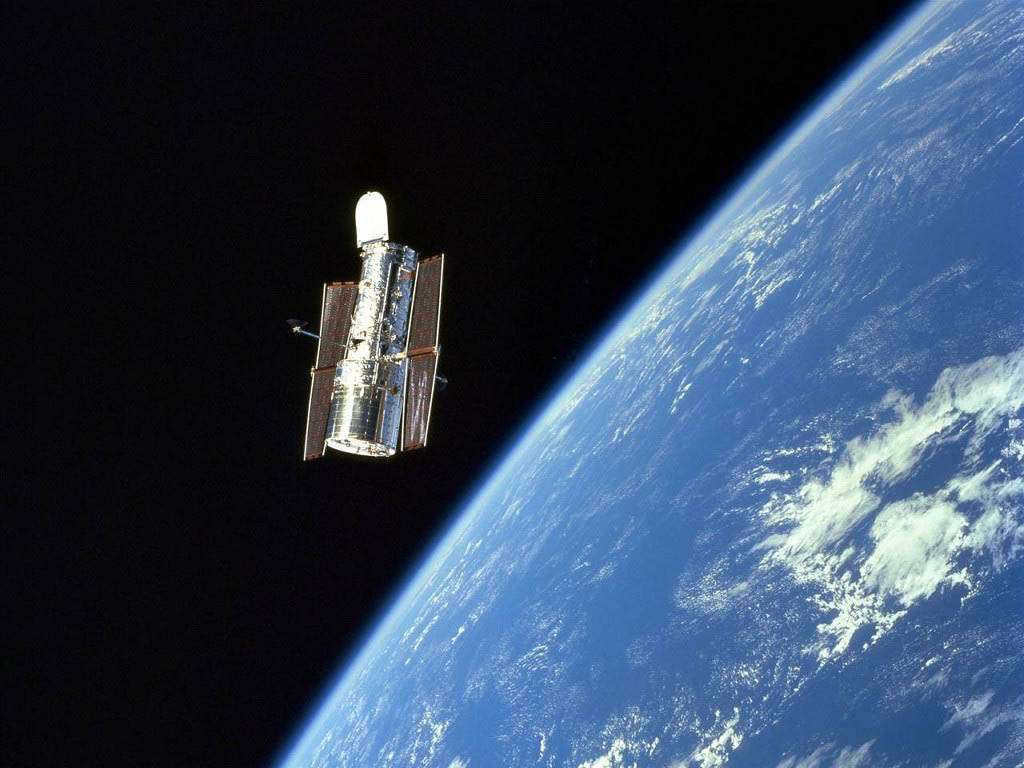
Named after Edwin Hubble, the Hubble Telescope functions as an automated observatory situated in Earth’s orbit.
Overview
The Hubble Space Telescope was delivered into its designated orbit by the Space Shuttle Discovery on April 24, 1990. Being in orbit grants it a unique advantage of capturing infrared electromagnetic radiation from Earth. Without the presence of an atmosphere, the Hubble’s capabilities are significantly enhanced, surpassing those of similar instruments on Earth.
A three-dimensional representation of the telescope
Technical specifications
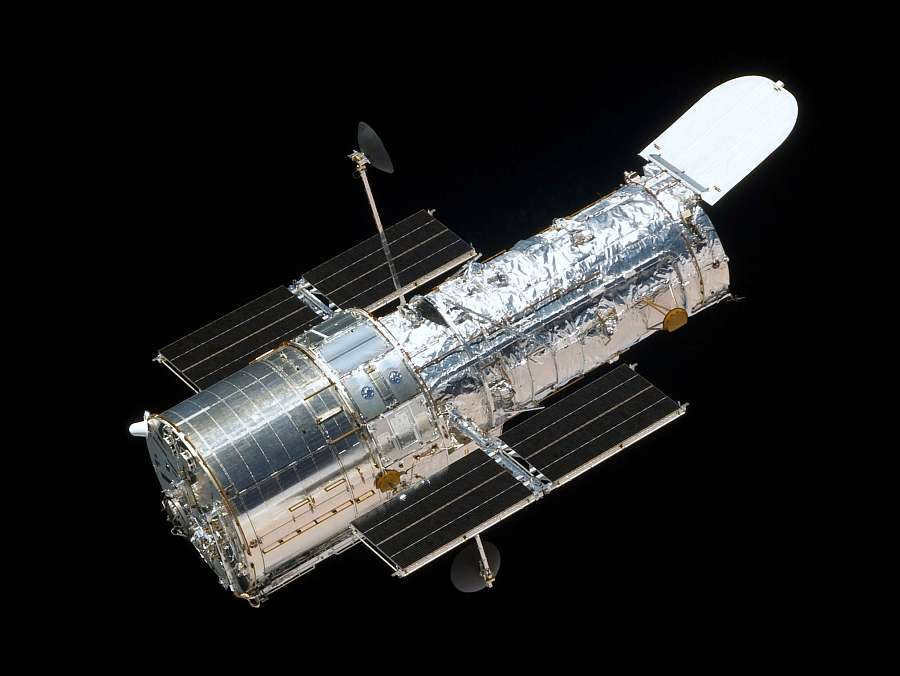
The Hubble Space Telescope is a cylindrical structure that measures 13.3 meters in length and has a circumference of 4.3 meters. The telescope’s mass, excluding special equipment, is 11,000 kg. However, after all the necessary instruments for research were installed, the total mass of the observatory increased to 12,500 kg. The observatory’s equipment is powered by two solar panels that are directly integrated into the body of the unit. The telescope operates on the principle of a Ritchie-Cretien reflector system, with a main mirror diameter of 2.4 m, allowing for optical resolution images of approximately 0.1 angular seconds.
List of installed equipment
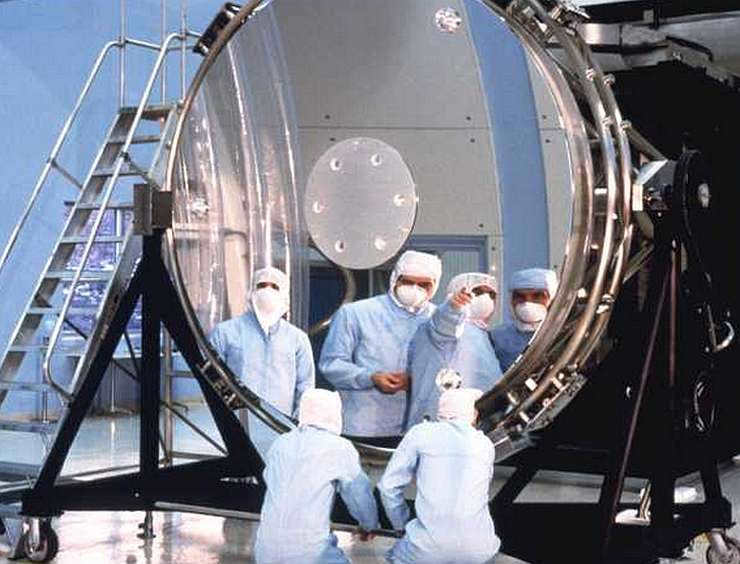
This device contains five compartments specifically designed for housing various instruments. One of these compartments housed a correction optical system (COSTAR) from 1993 to 2009, which was specifically designed to compensate for any inaccuracies in the main mirror. However, as all the instruments installed in the Hubble Space Telescope now come equipped with their own built-in defect correction systems, COSTAR was eventually removed and the compartment was repurposed to accommodate an ultraviolet spectrograph.
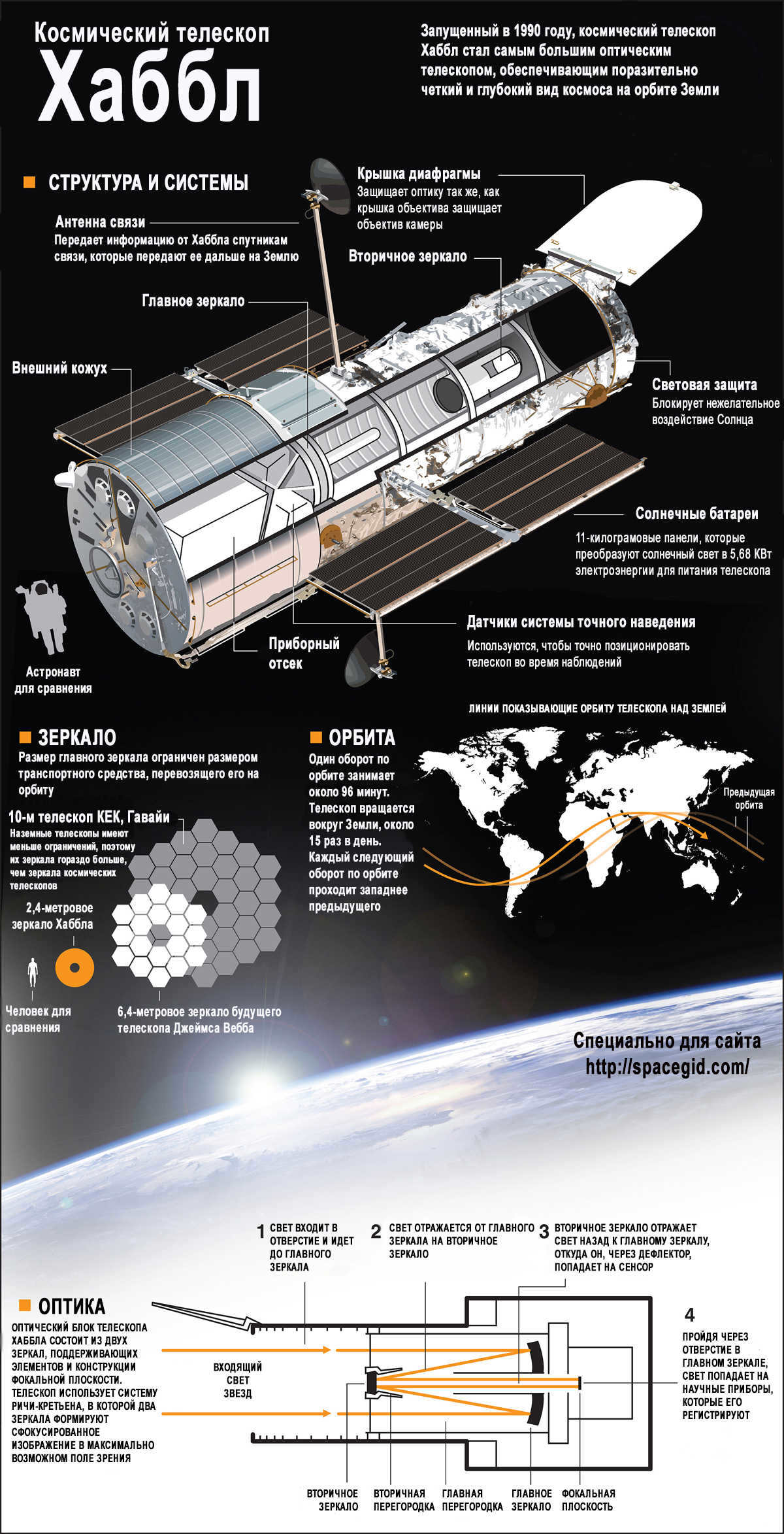
When the spacecraft was launched, it had the following instruments onboard:
- A Planetary and Wide Field Camera;
- A high-resolution spectrograph;
- A faint object imaging camera and spectrograph;
- A precision pointing sensor;
- A high-speed photometer.
Accomplishments of the Telescope
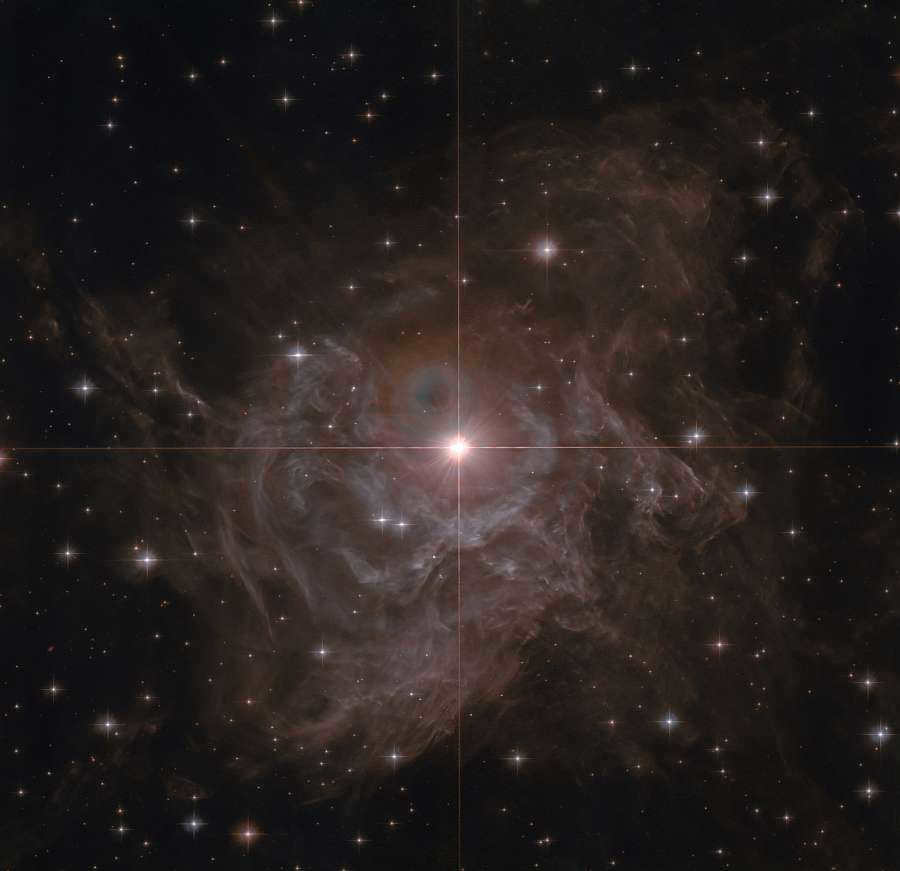

The star RS Korma is captured in the telescope’s photograph.
Over its lifespan, Hubble has transmitted around twenty terabytes of data back to Earth. As a result, over three hundred ninety thousand astronomers have had the opportunity to observe celestial bodies, leading to the publication of approximately four thousand articles. In just fifteen years of operation, the telescope has captured seven hundred thousand images of planets, various galaxies, nebulae, and stars. The daily data processed by the telescope during its operation amounts to about 15 GB.
